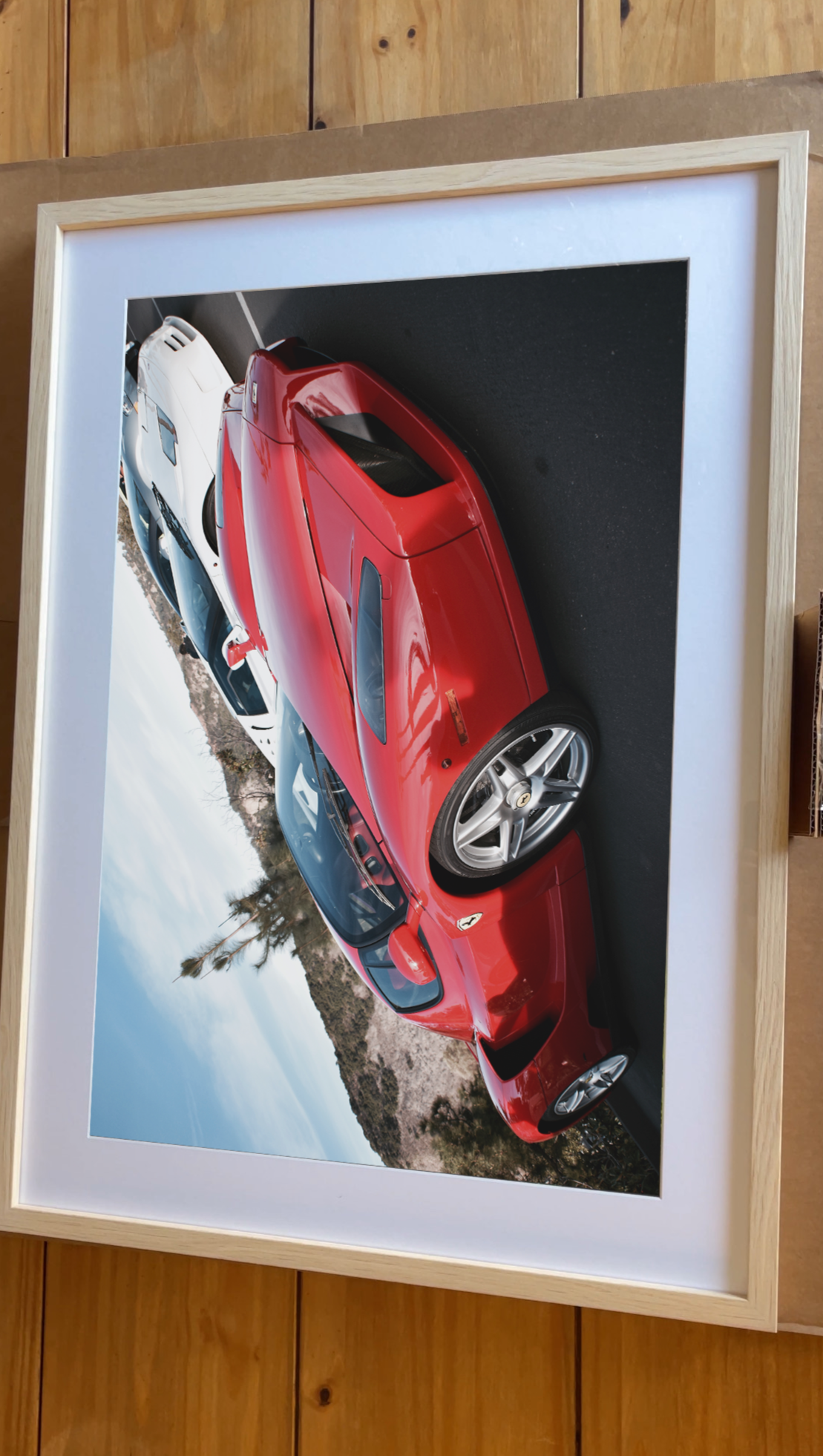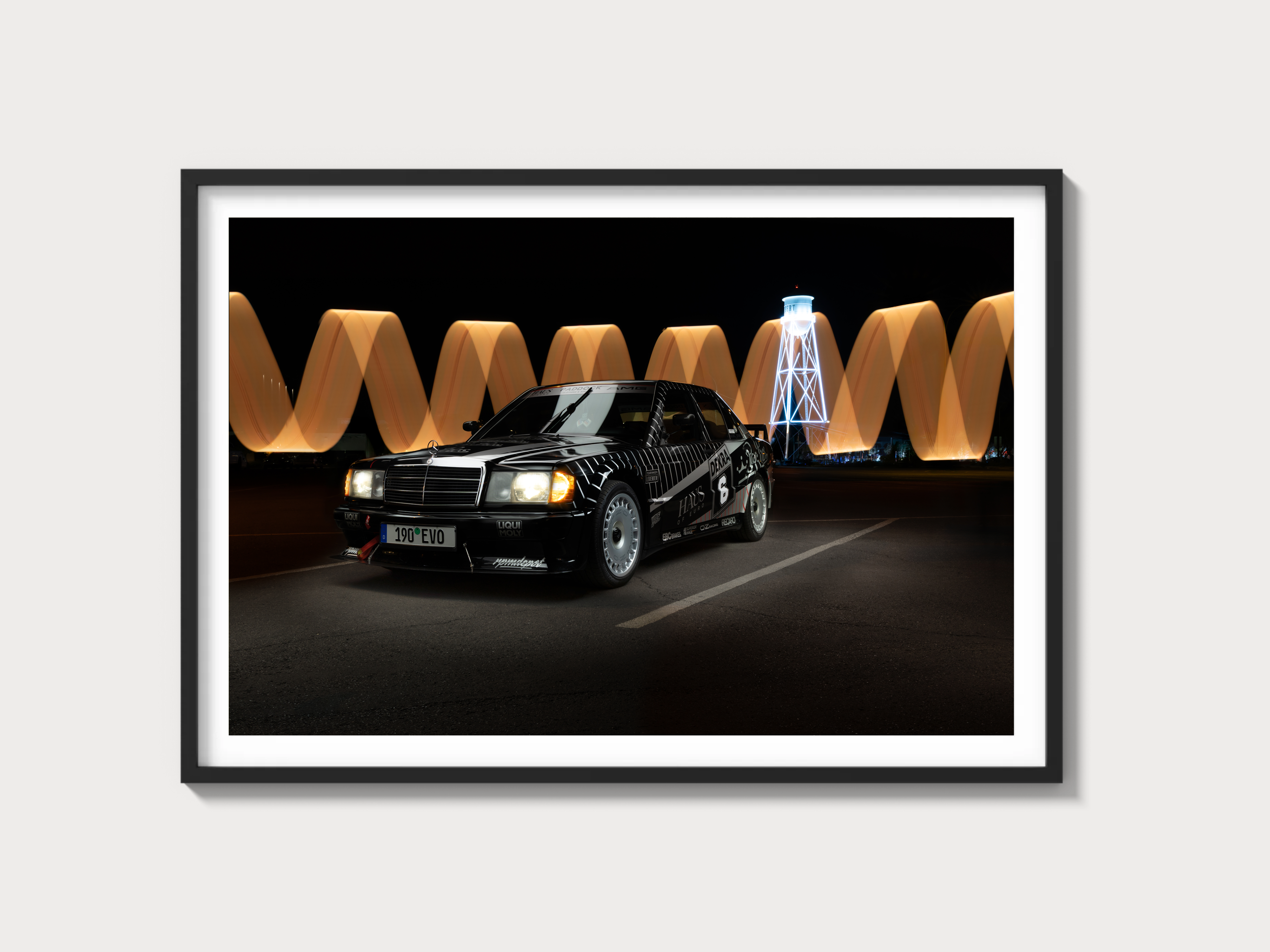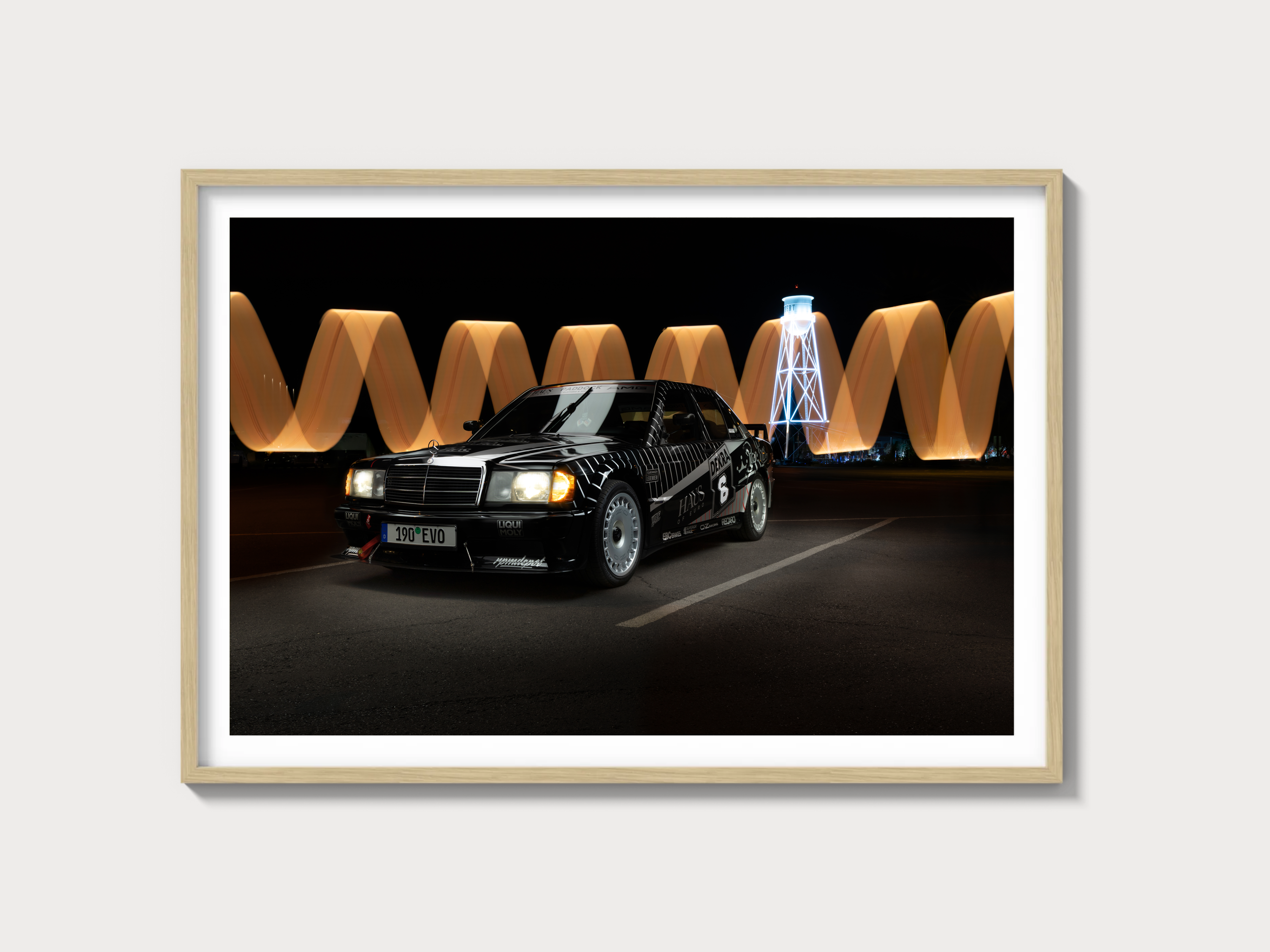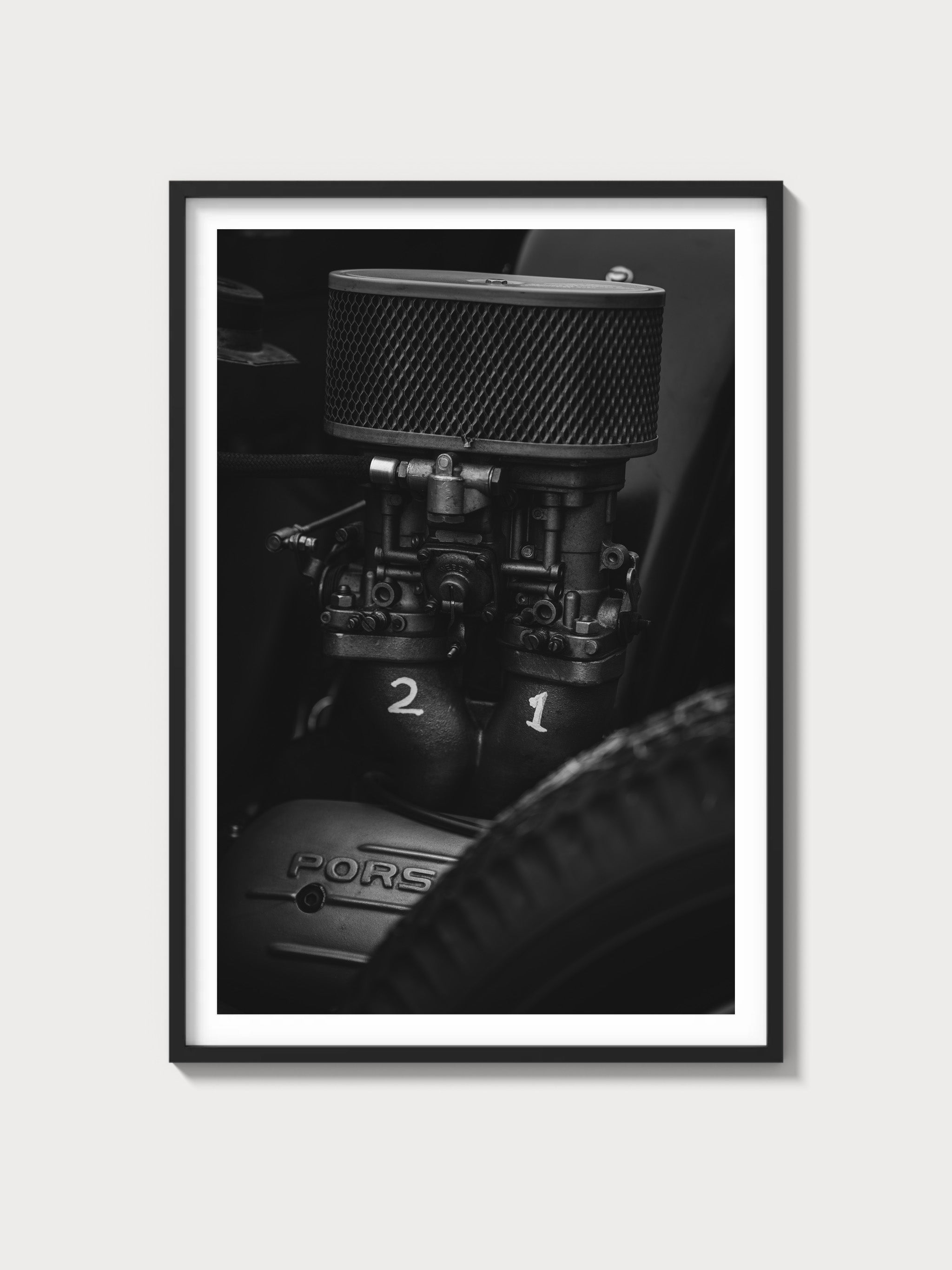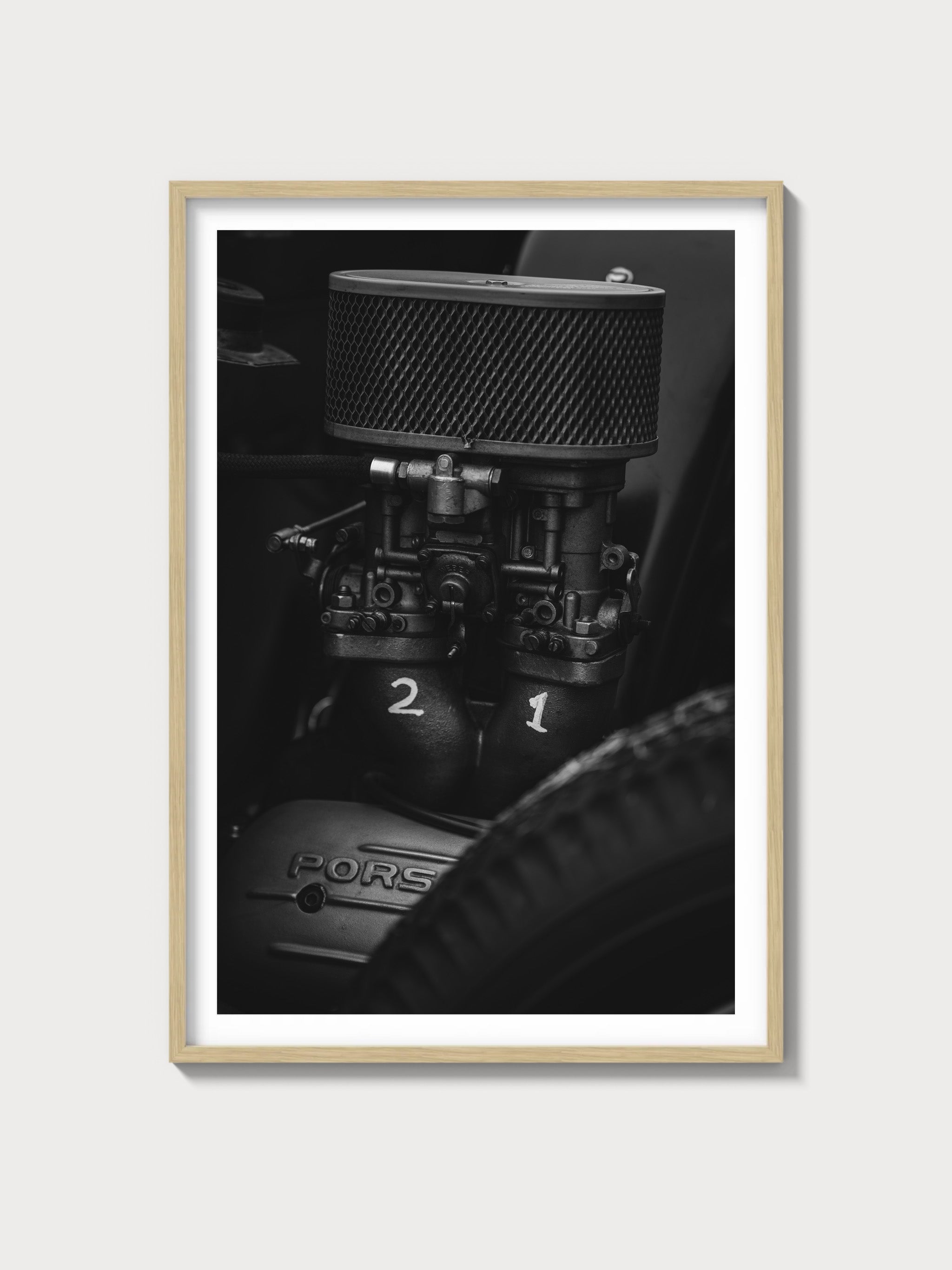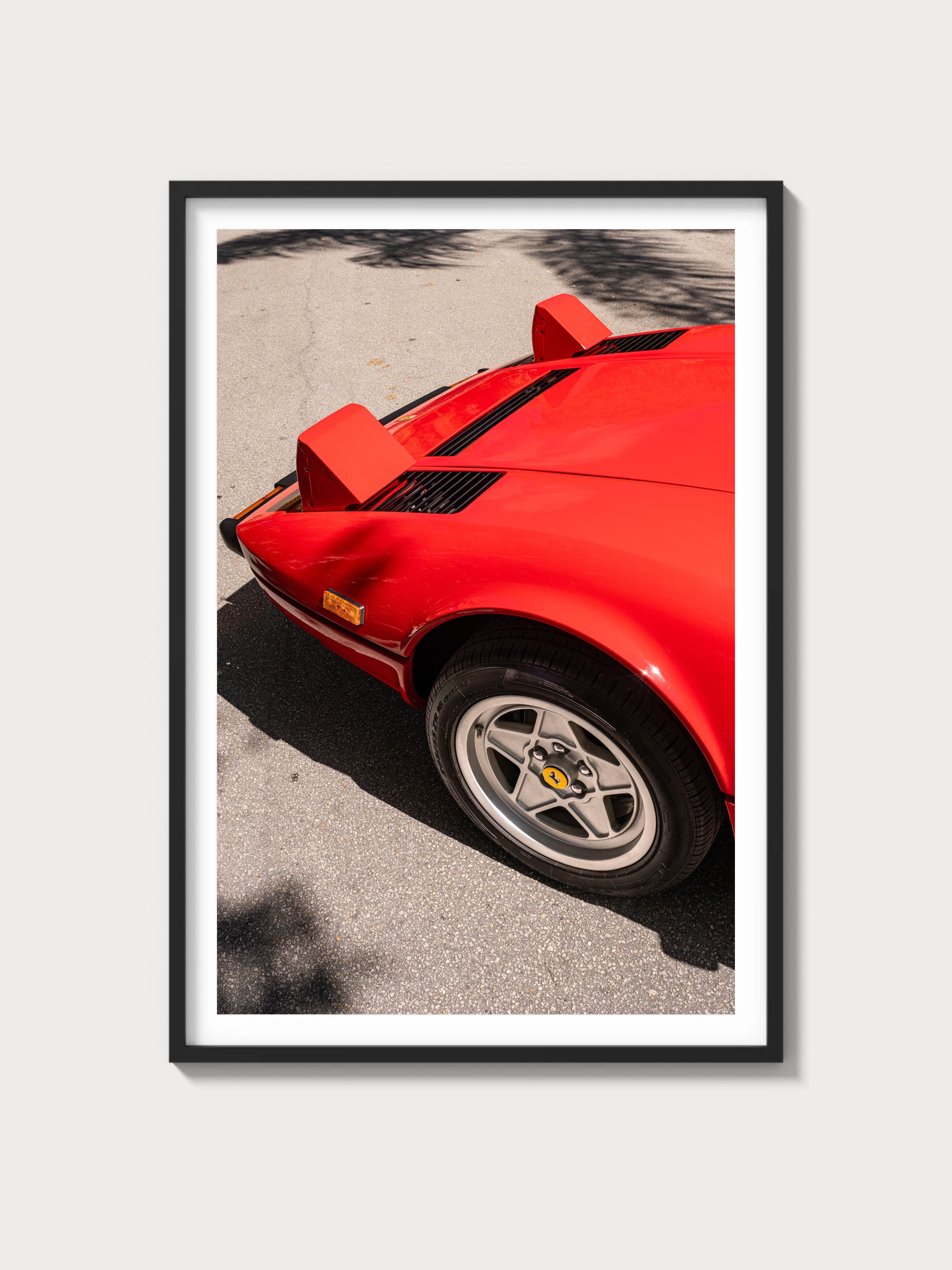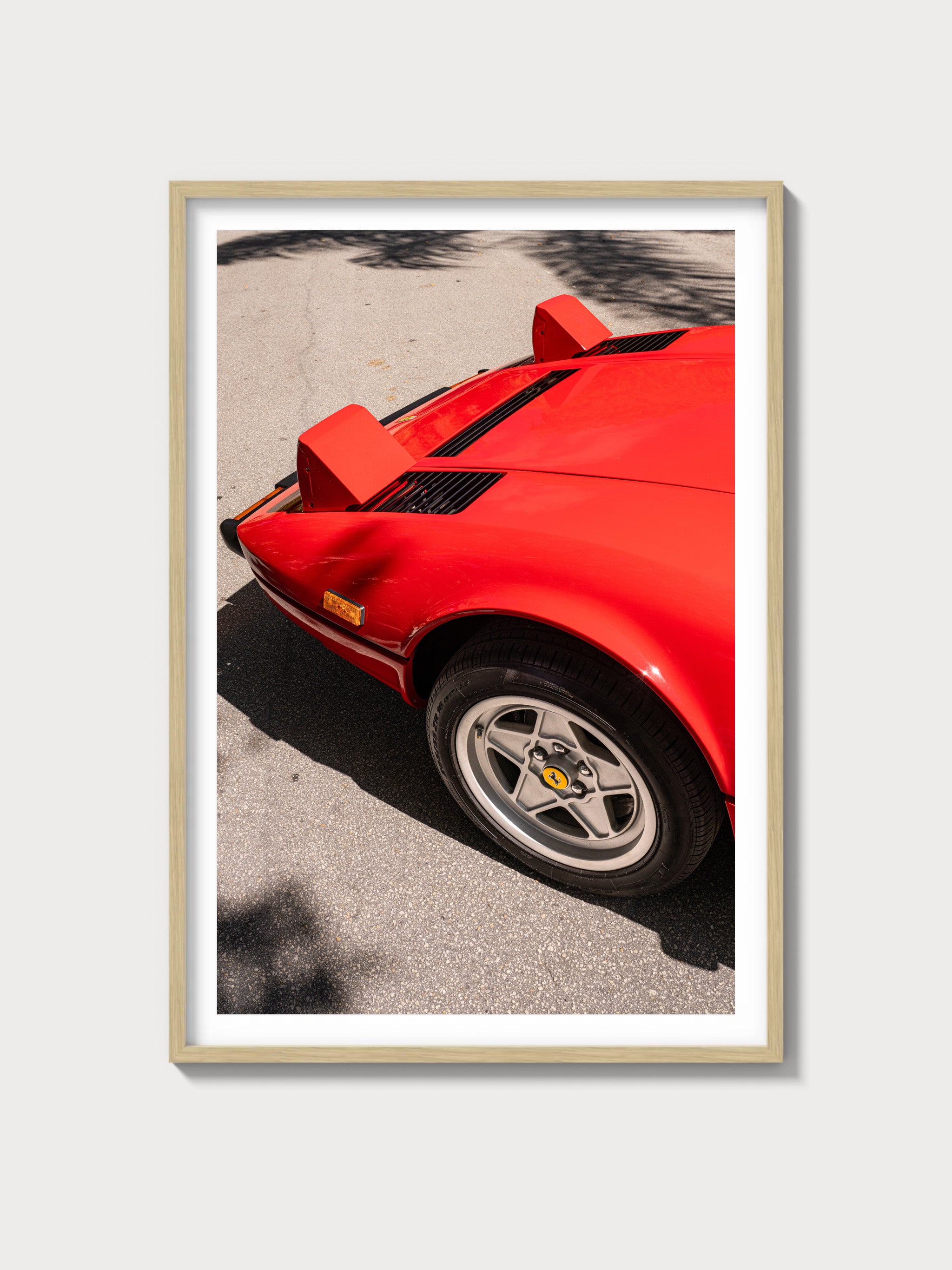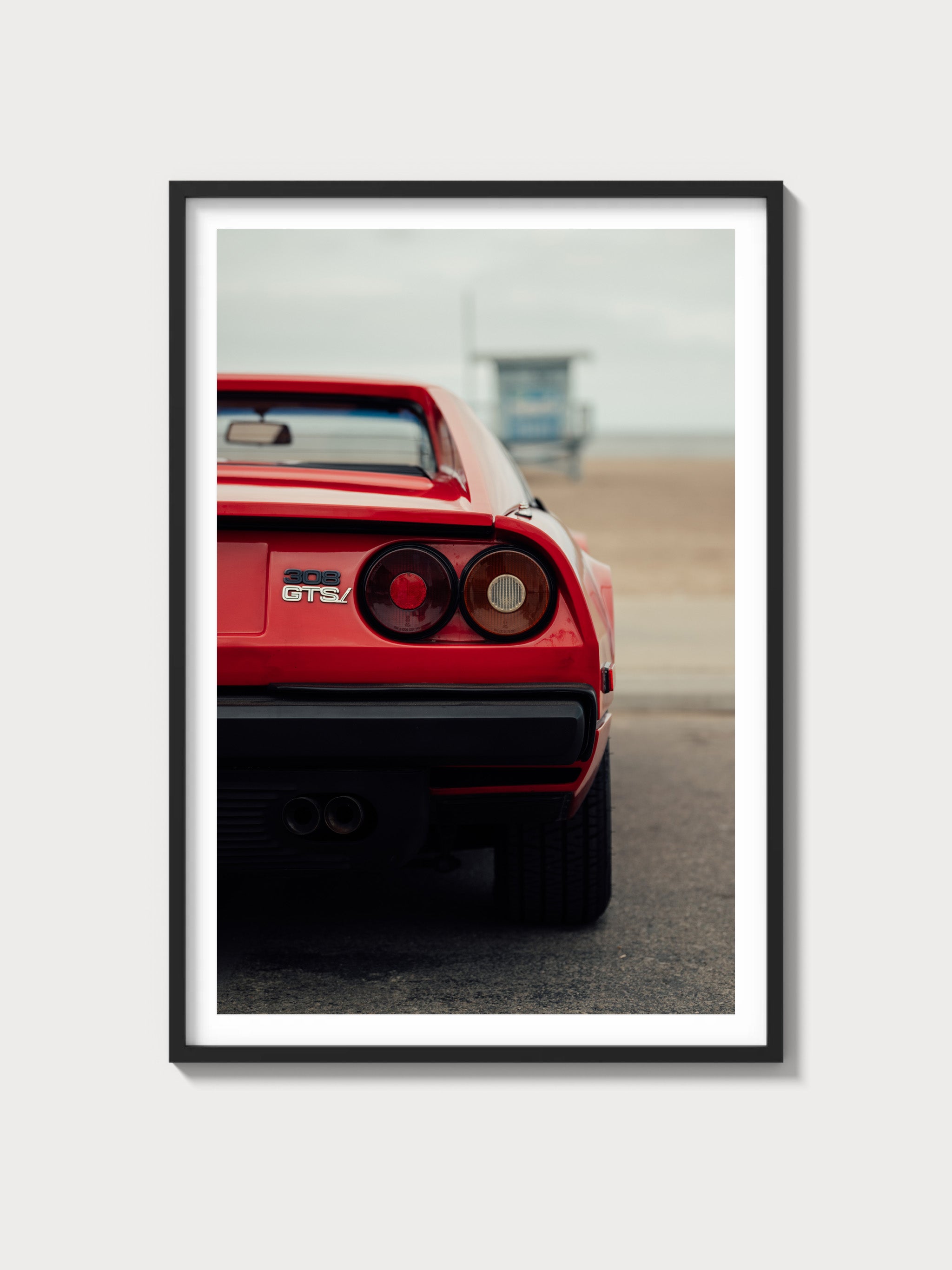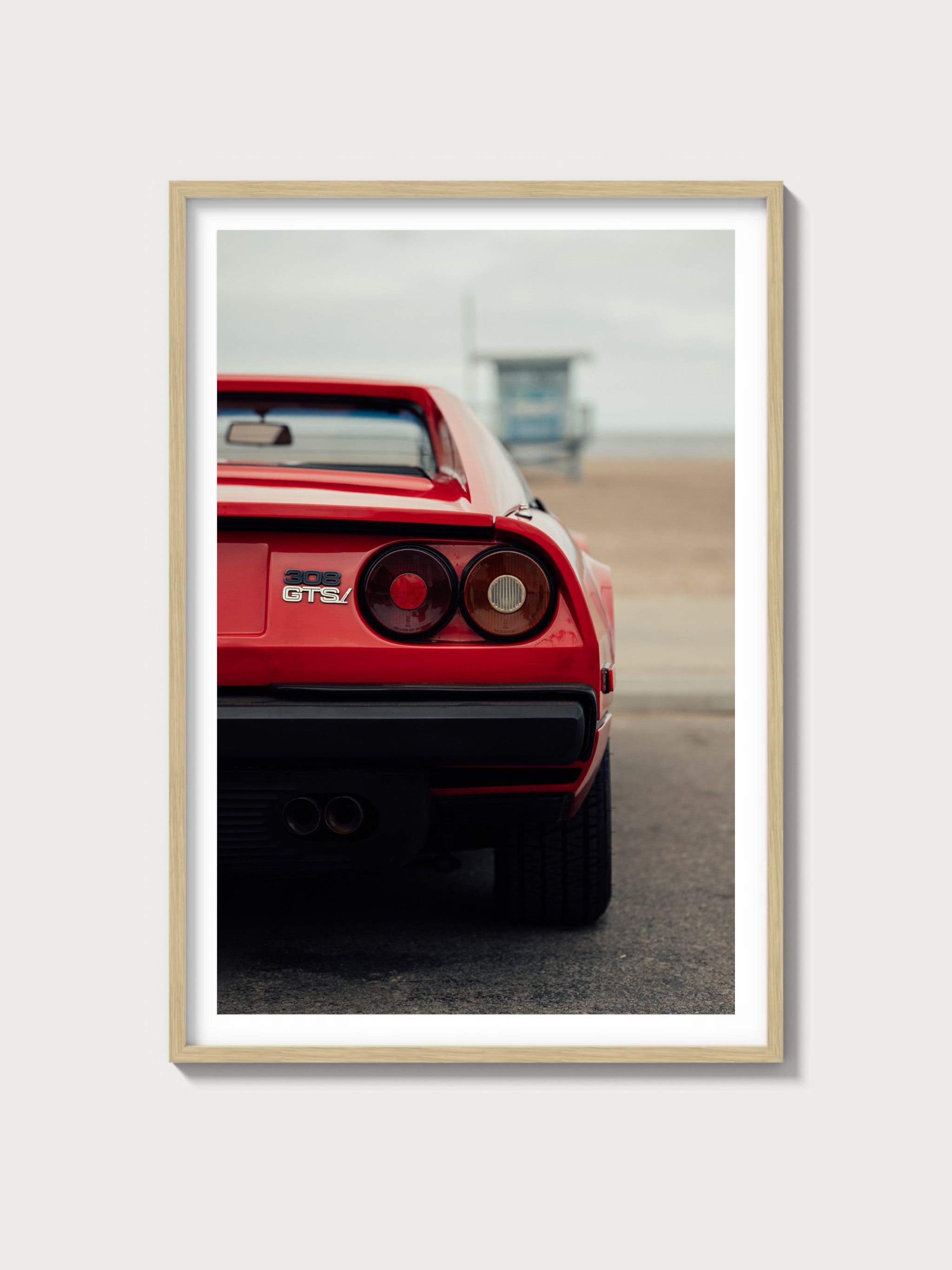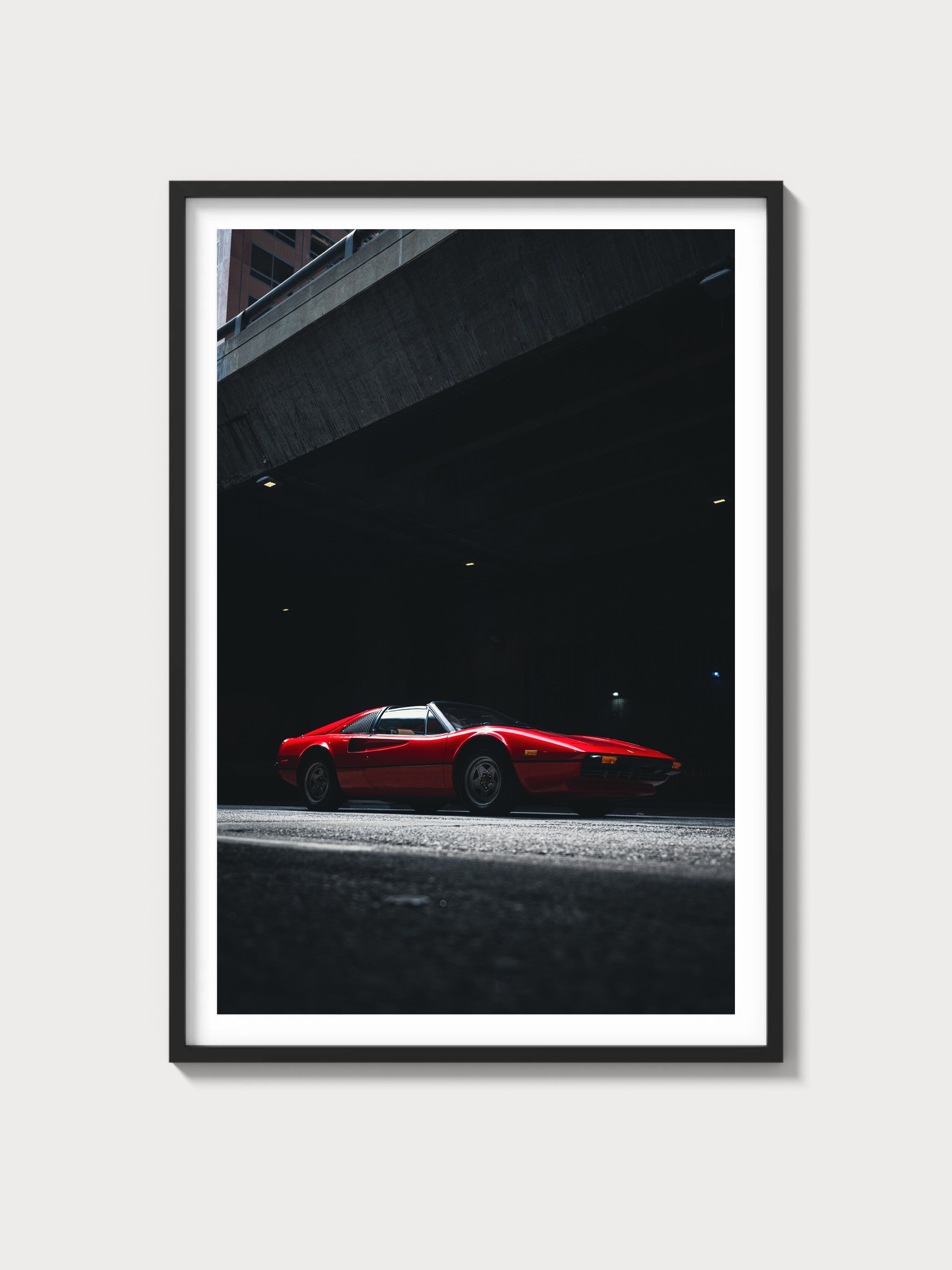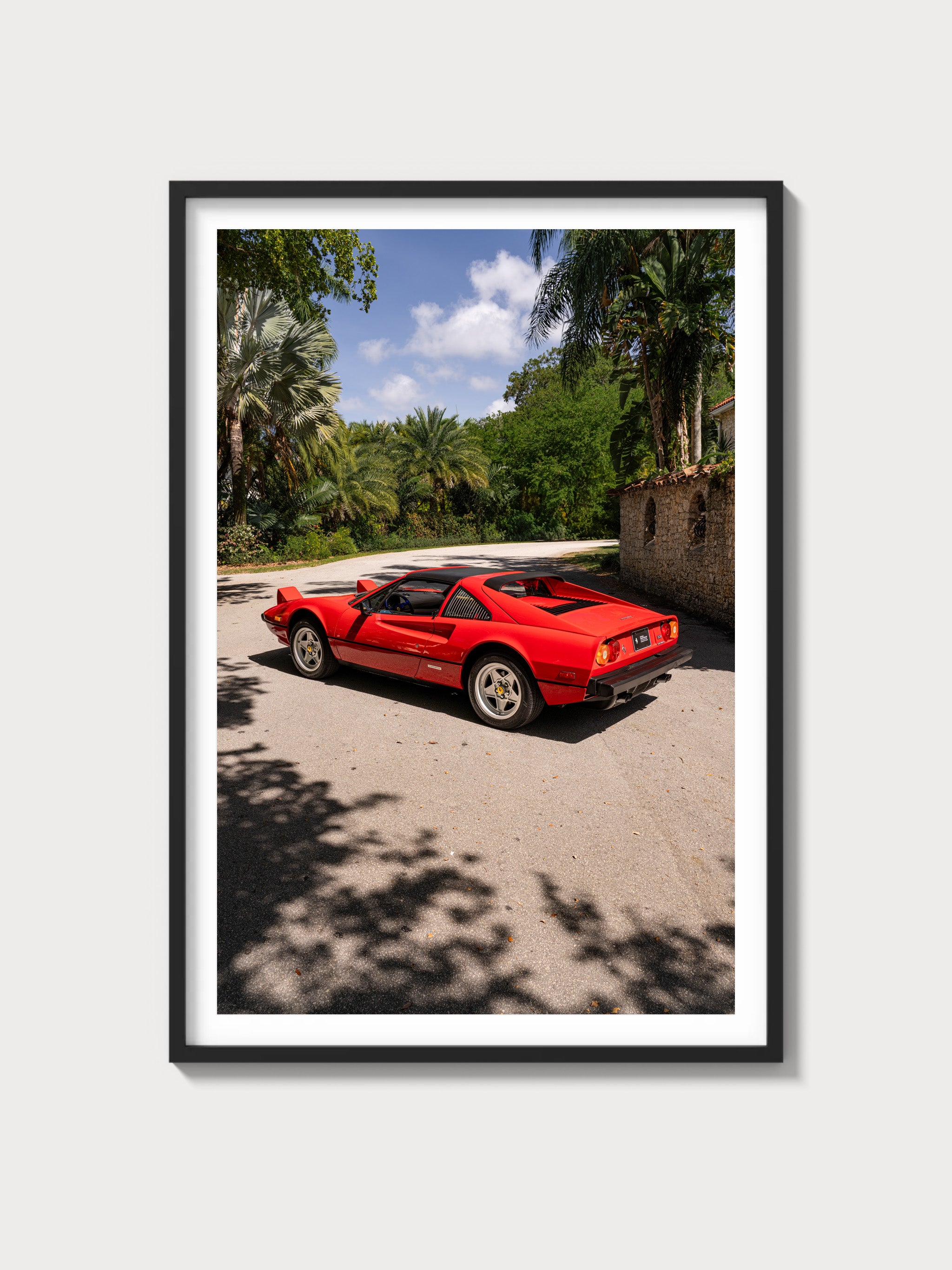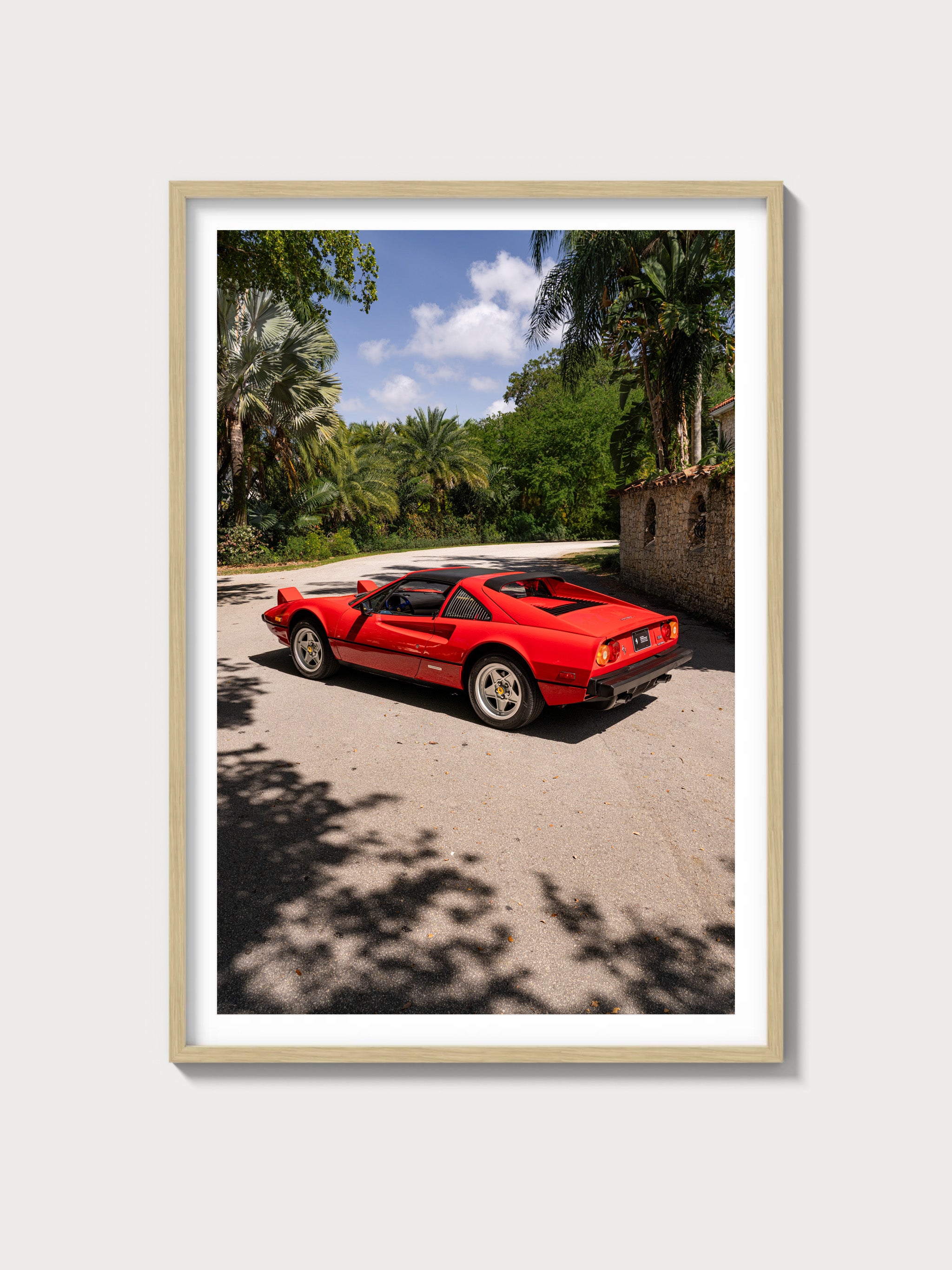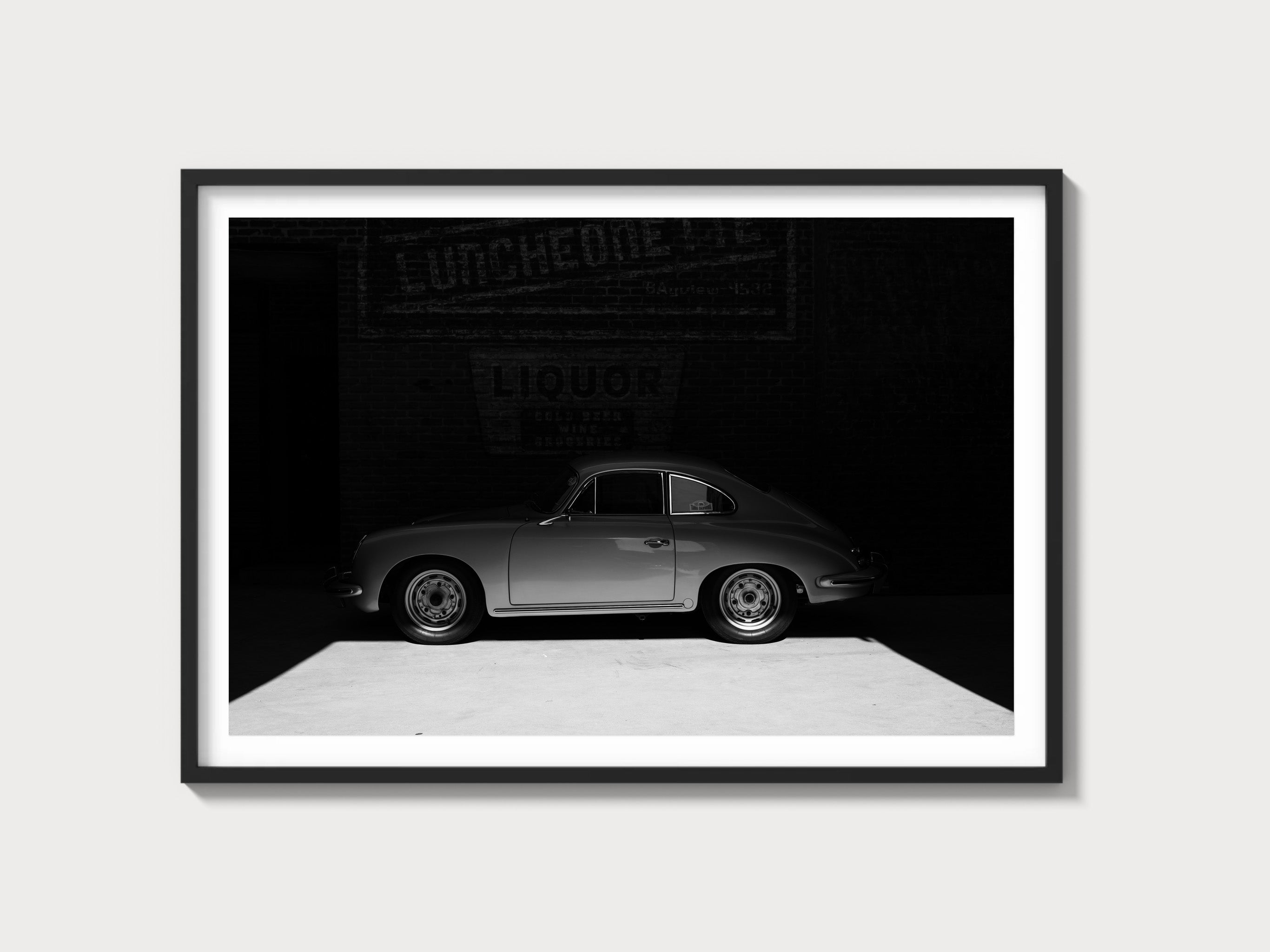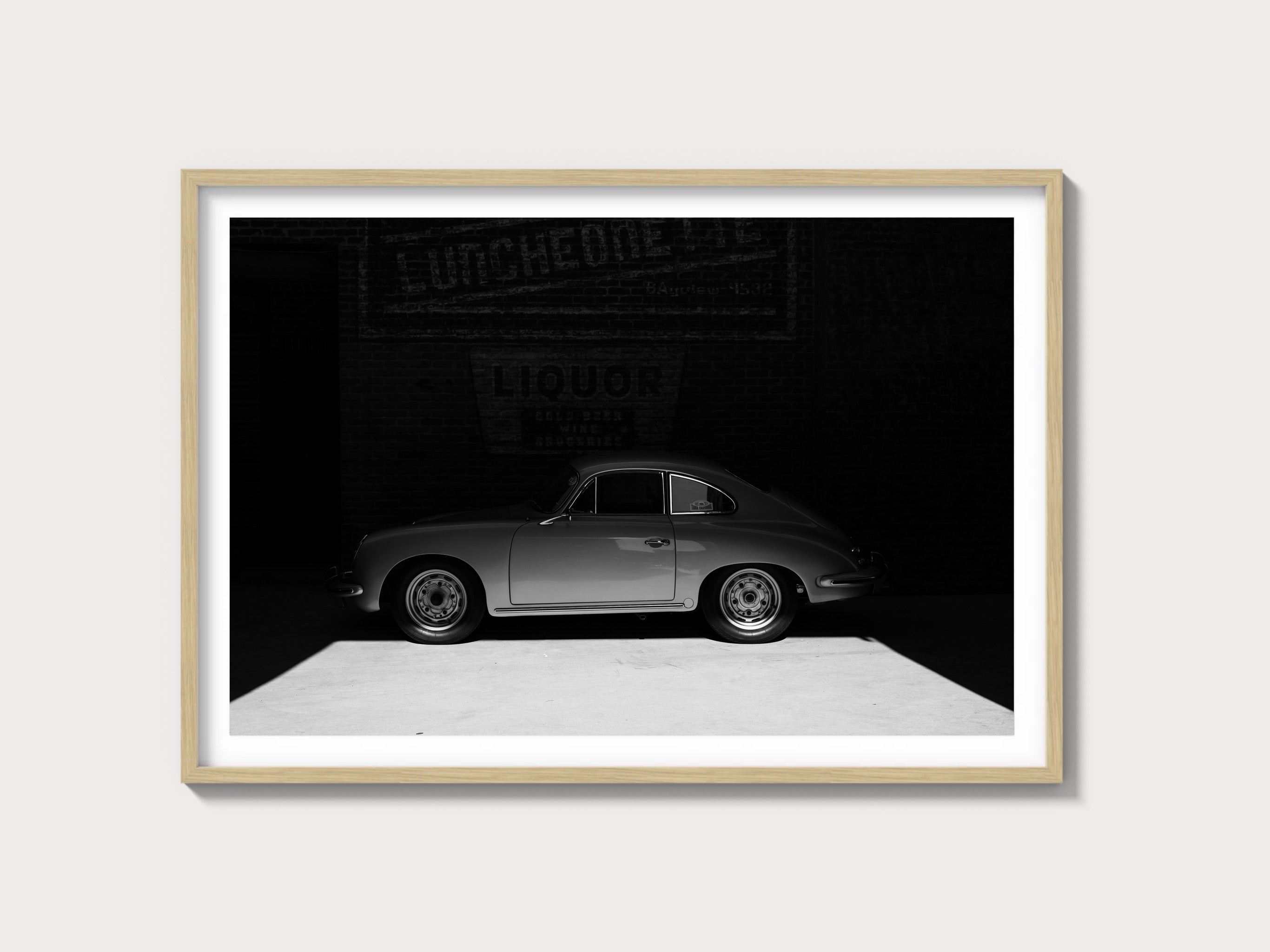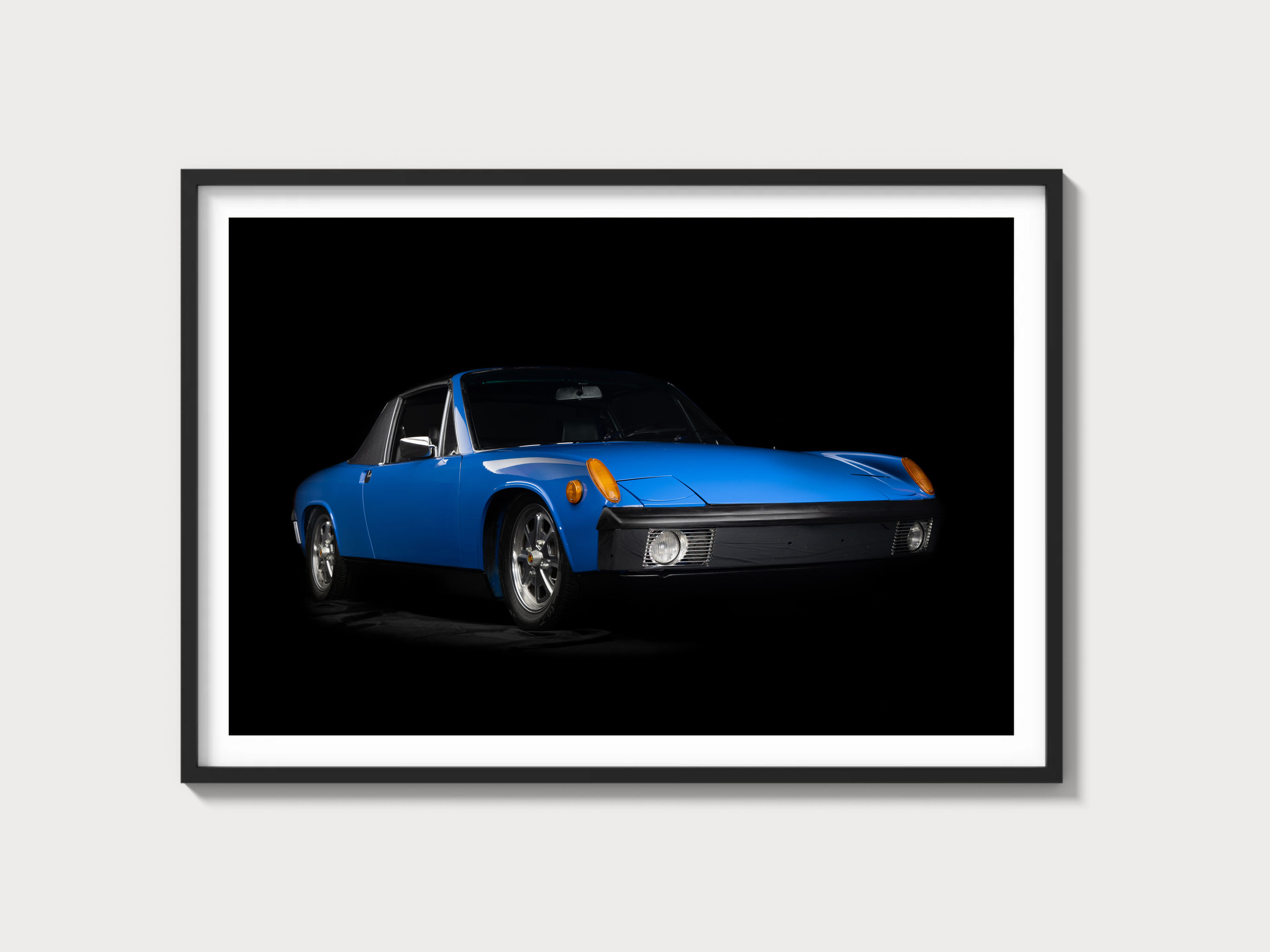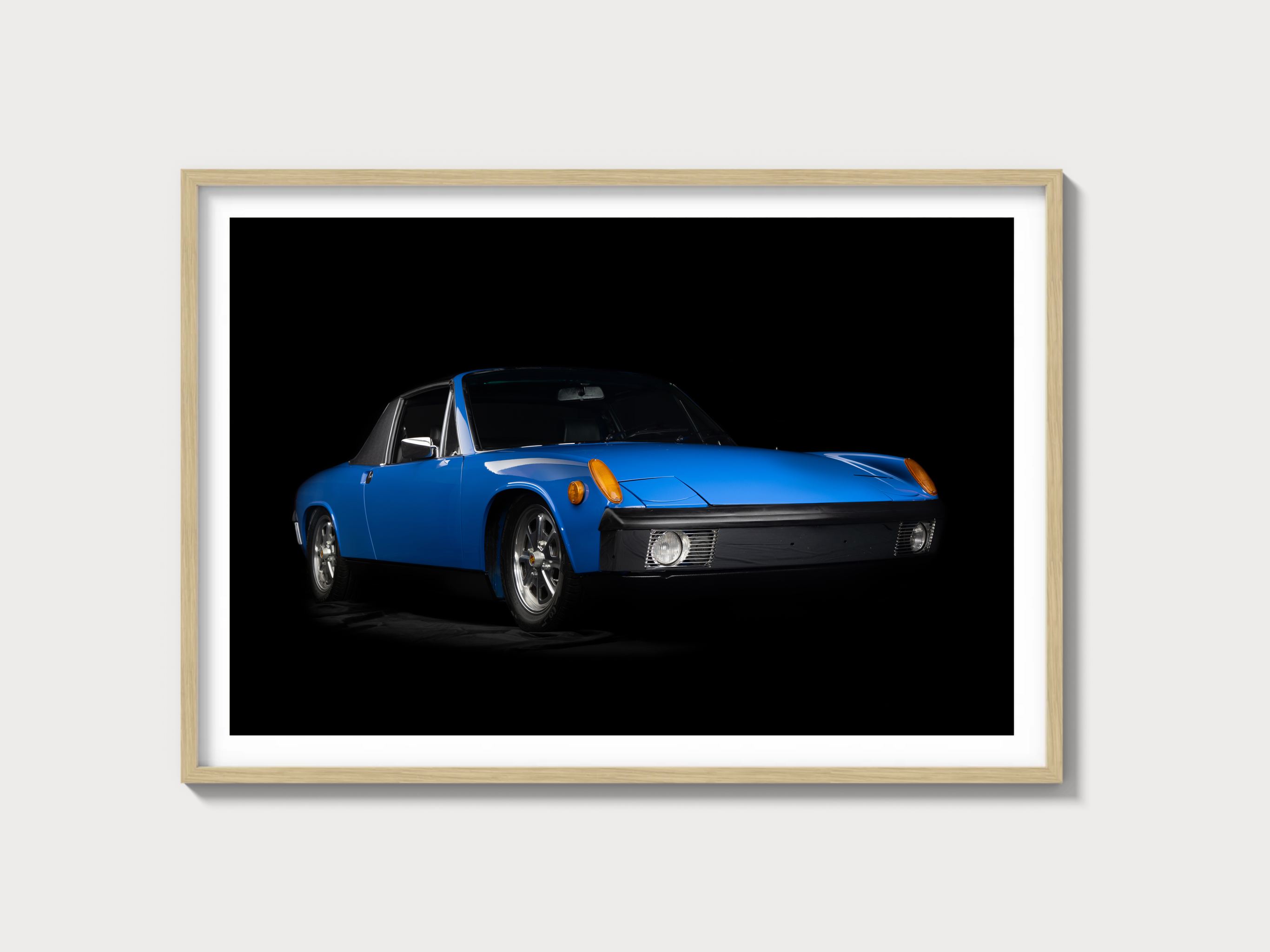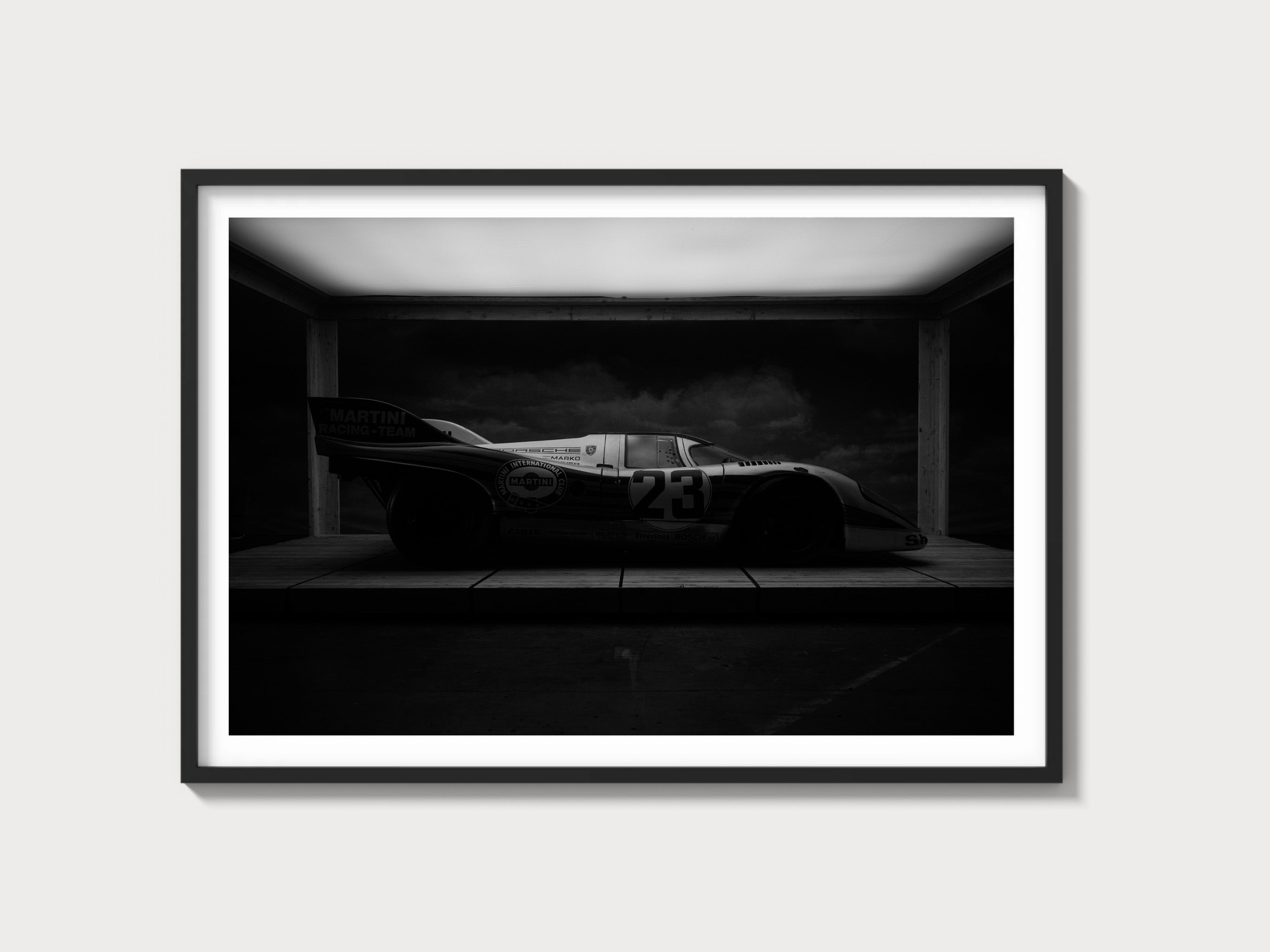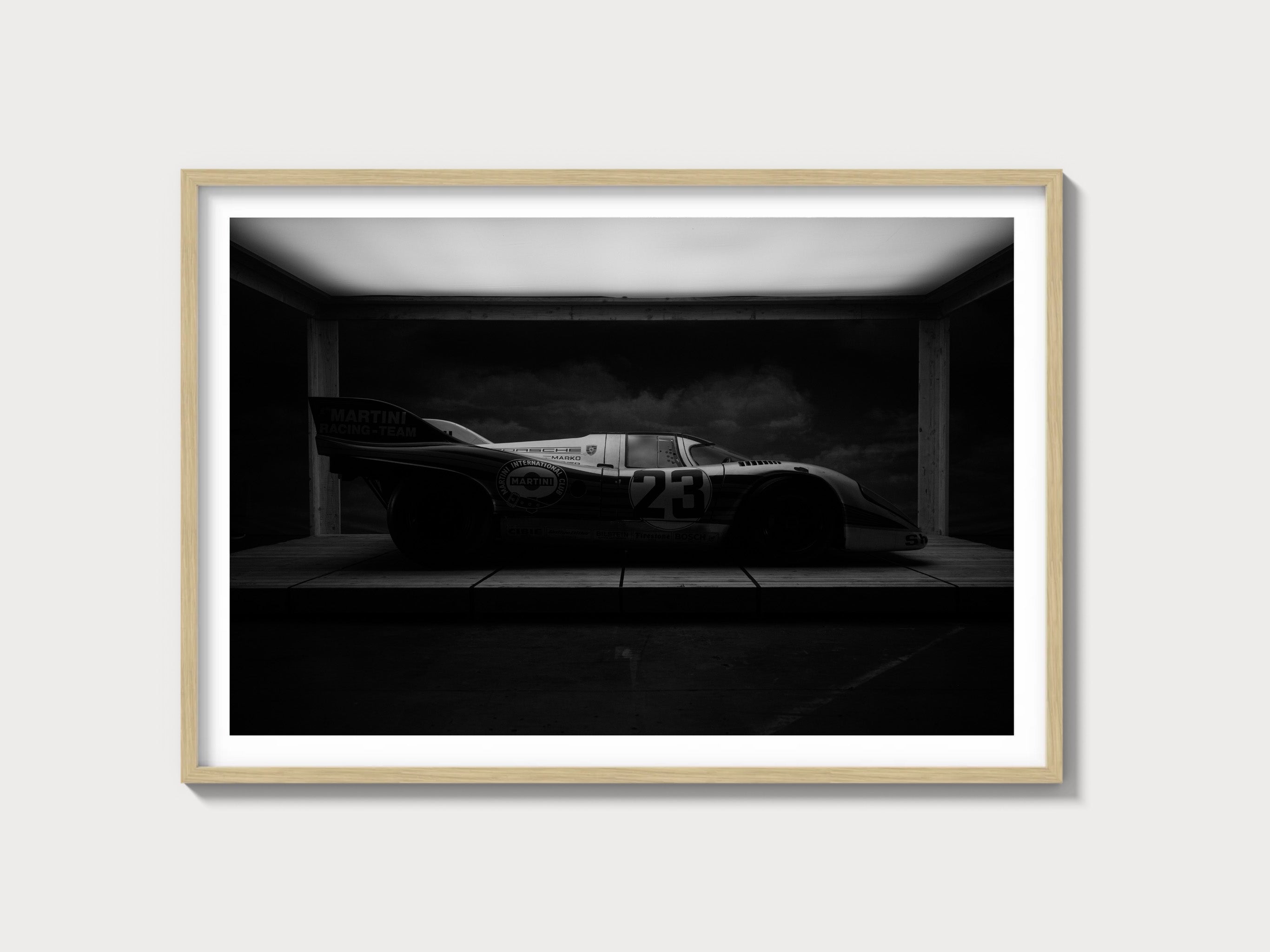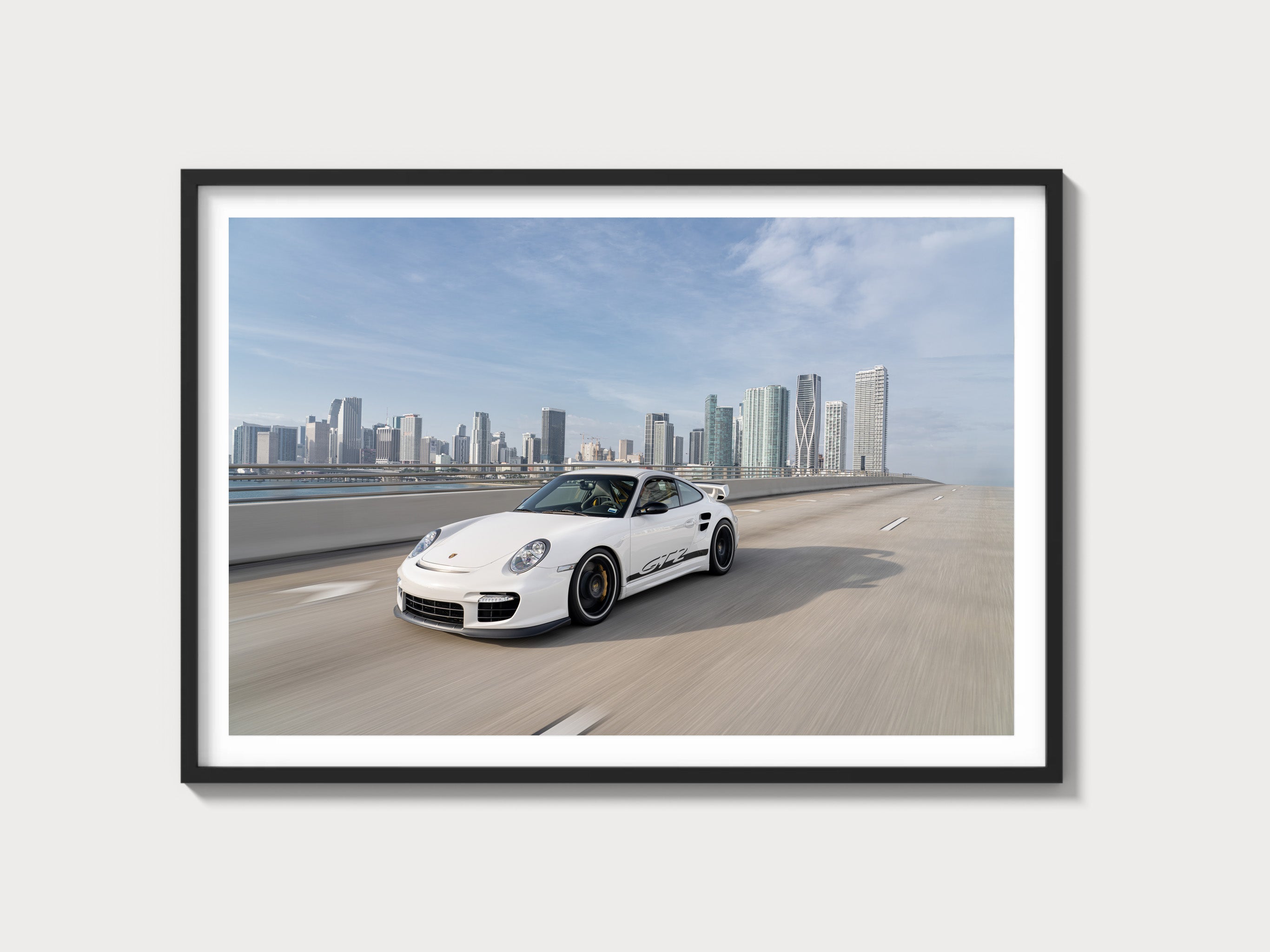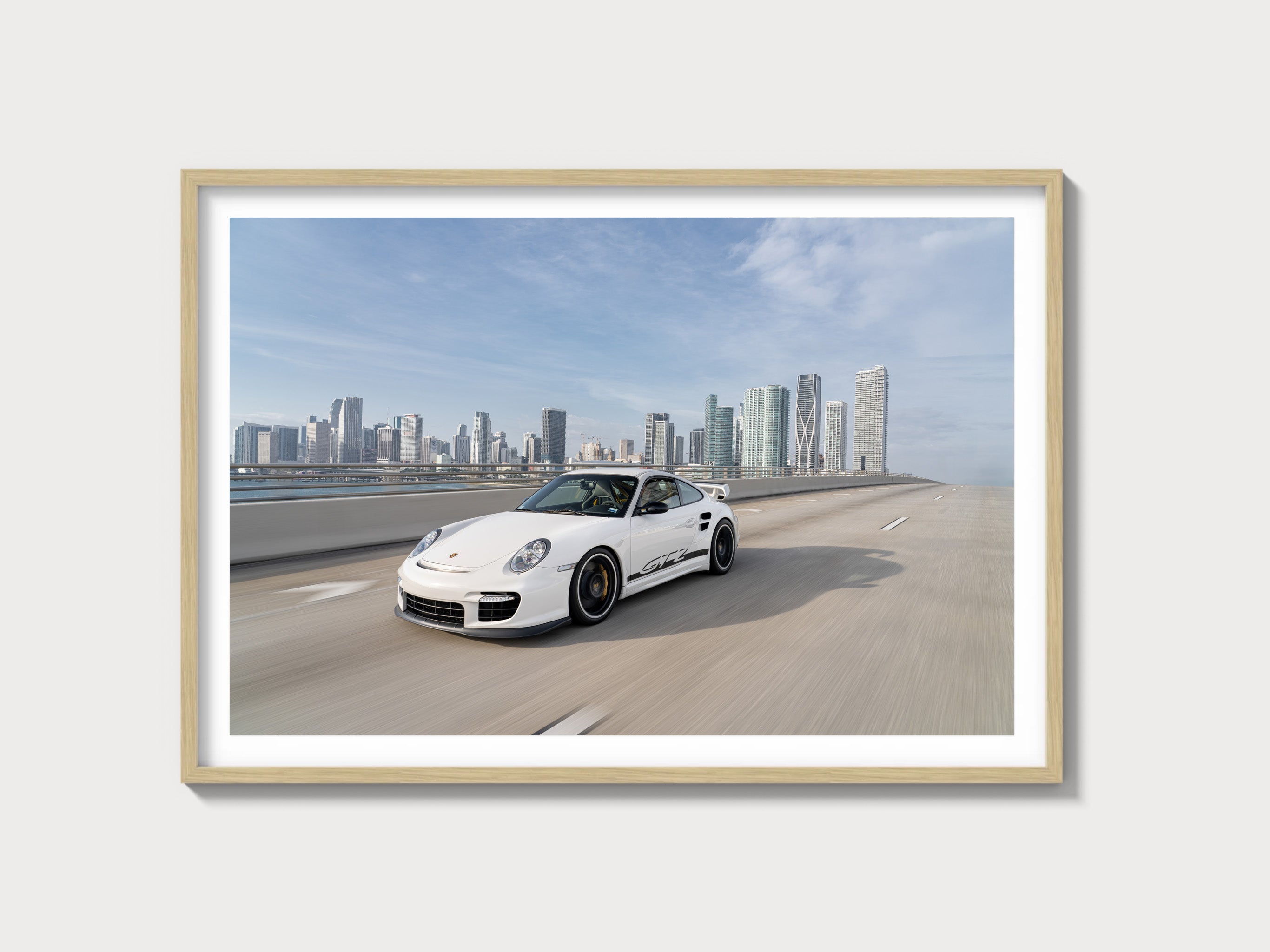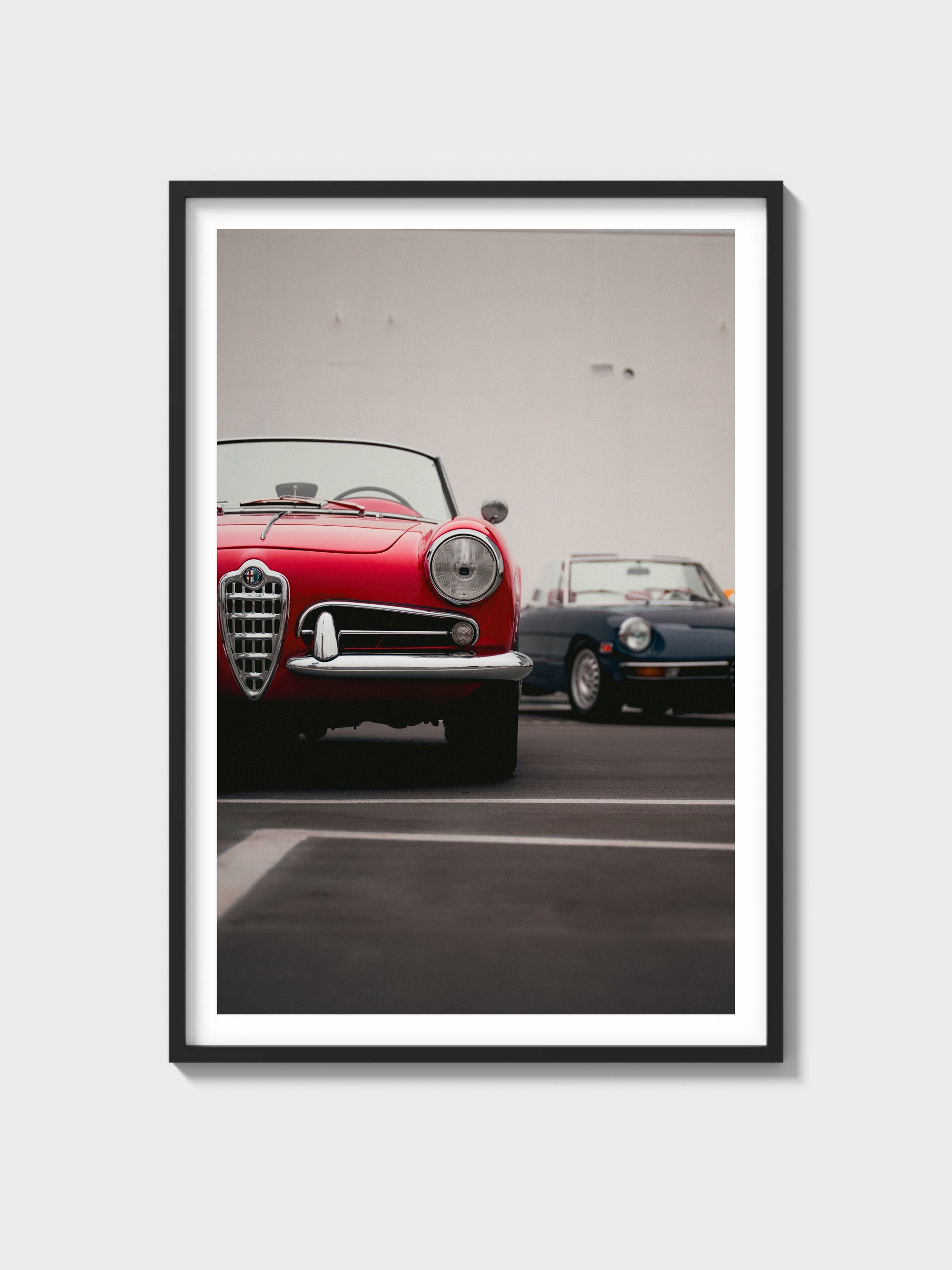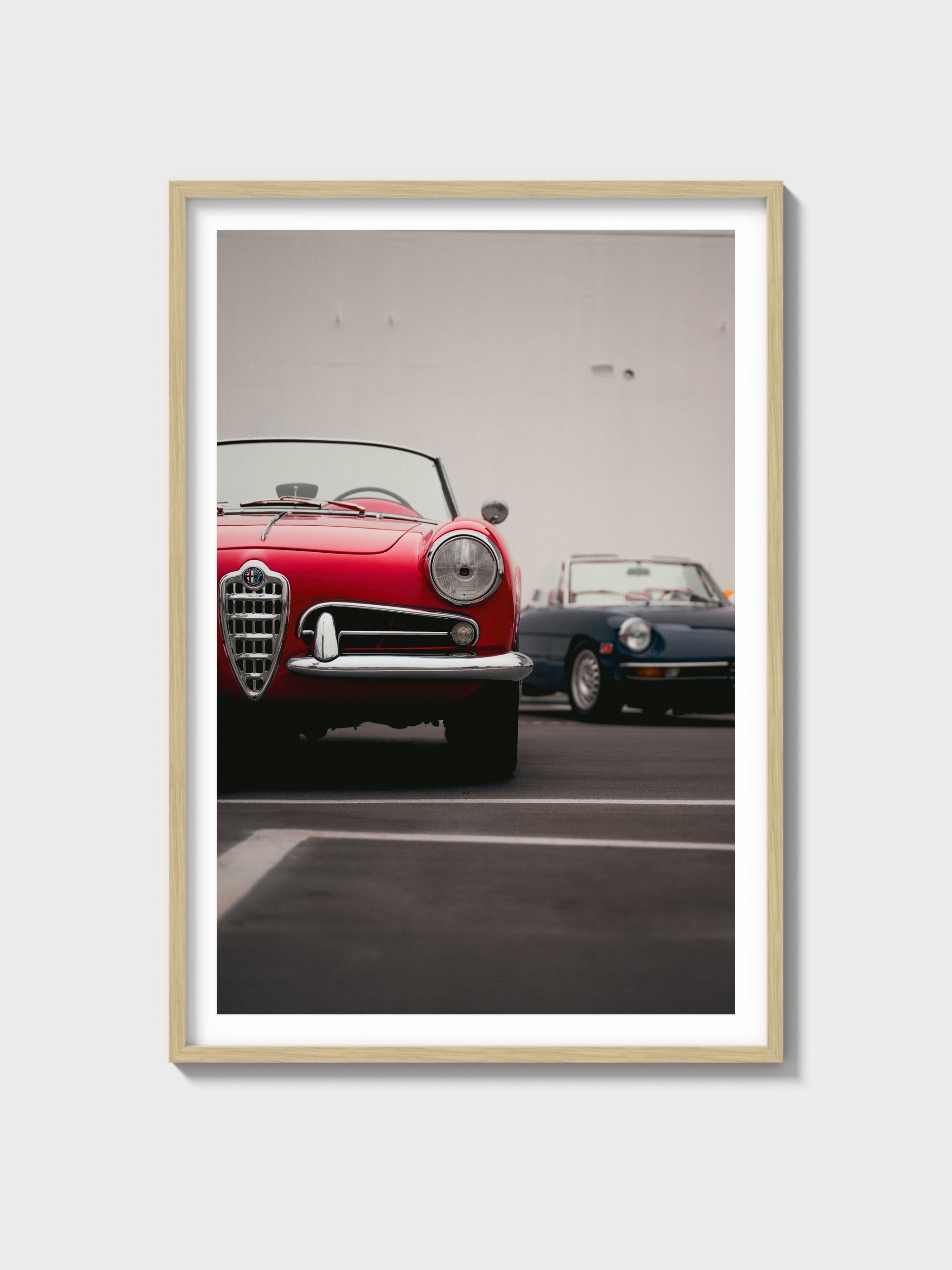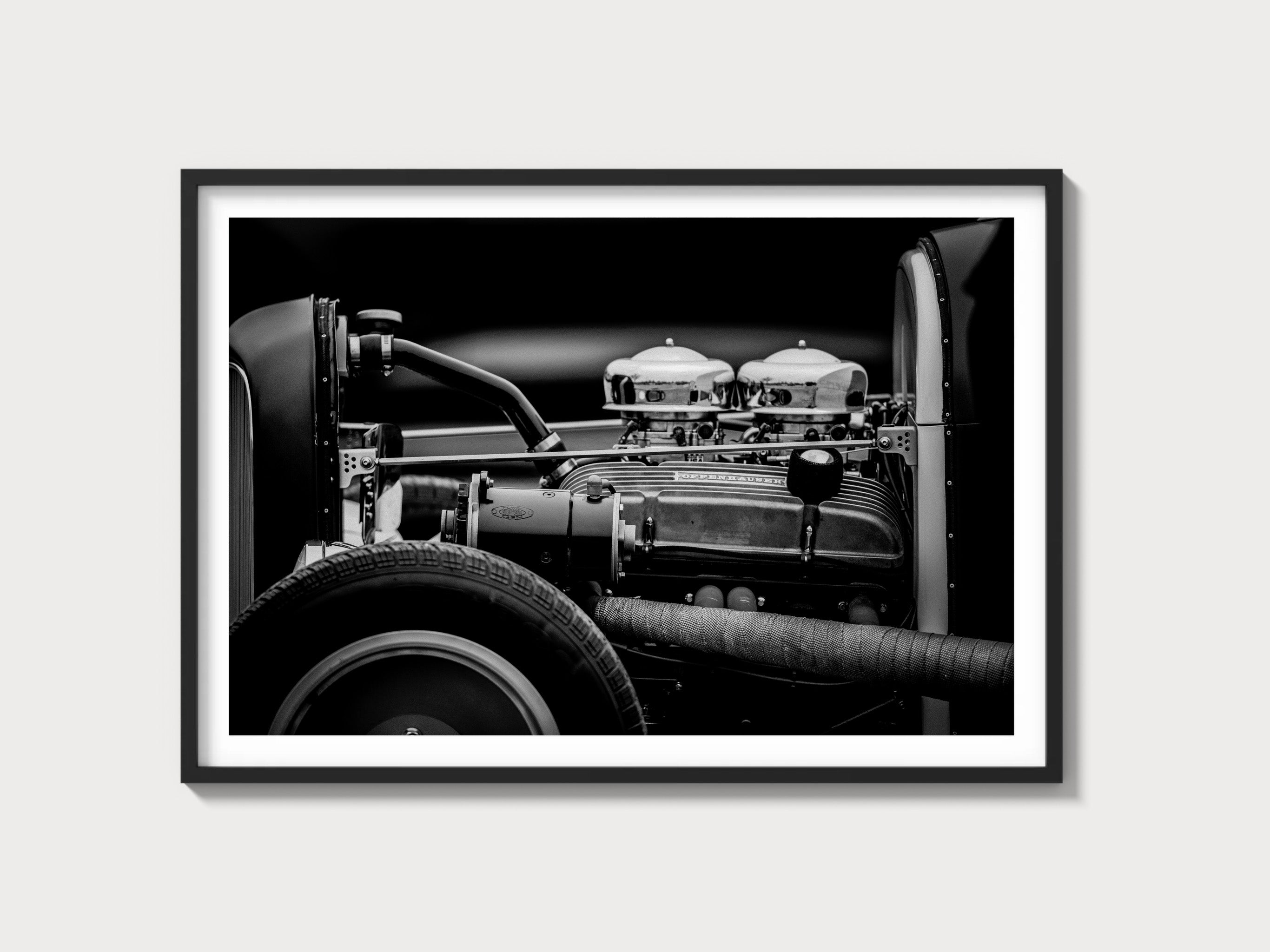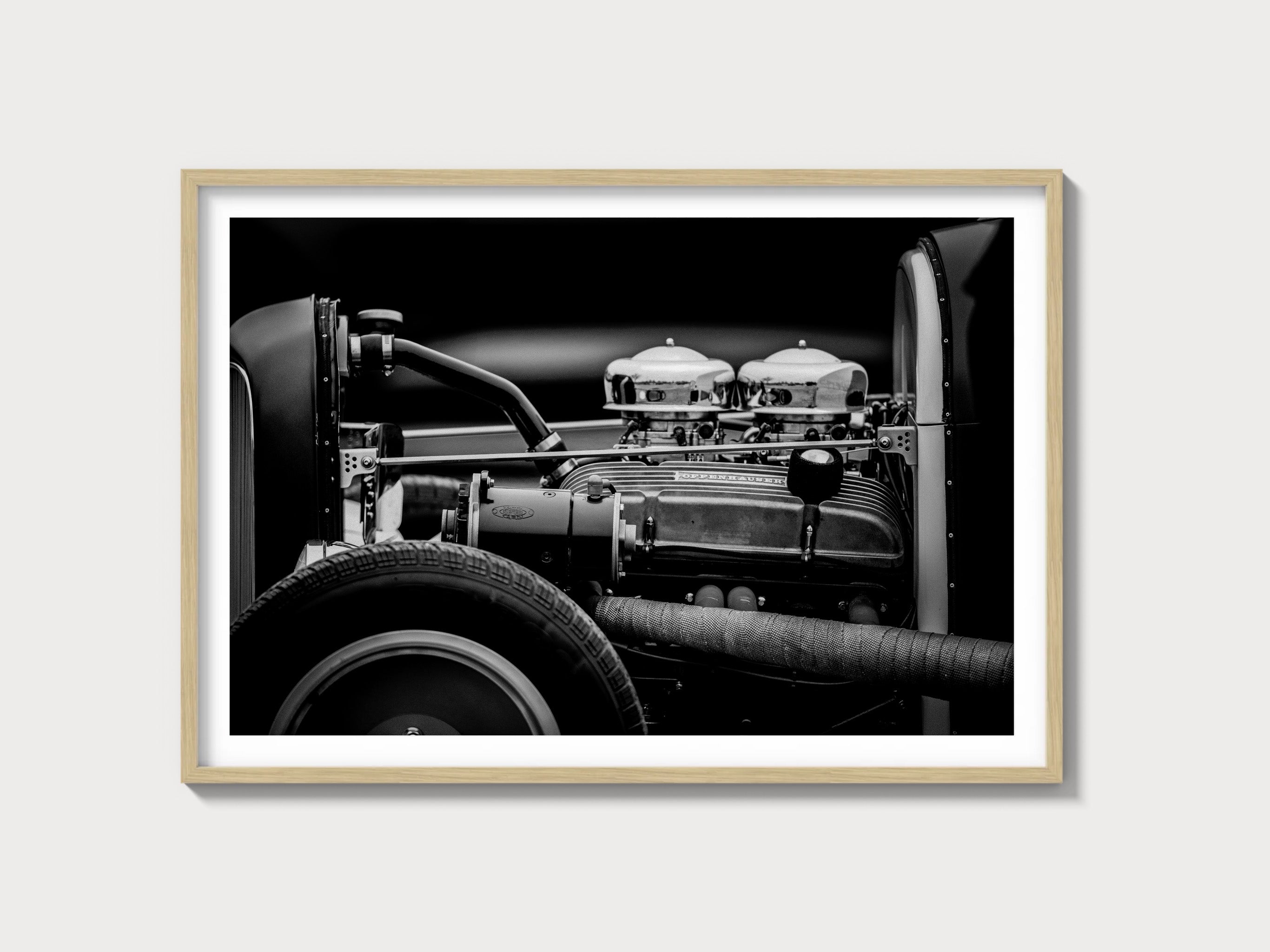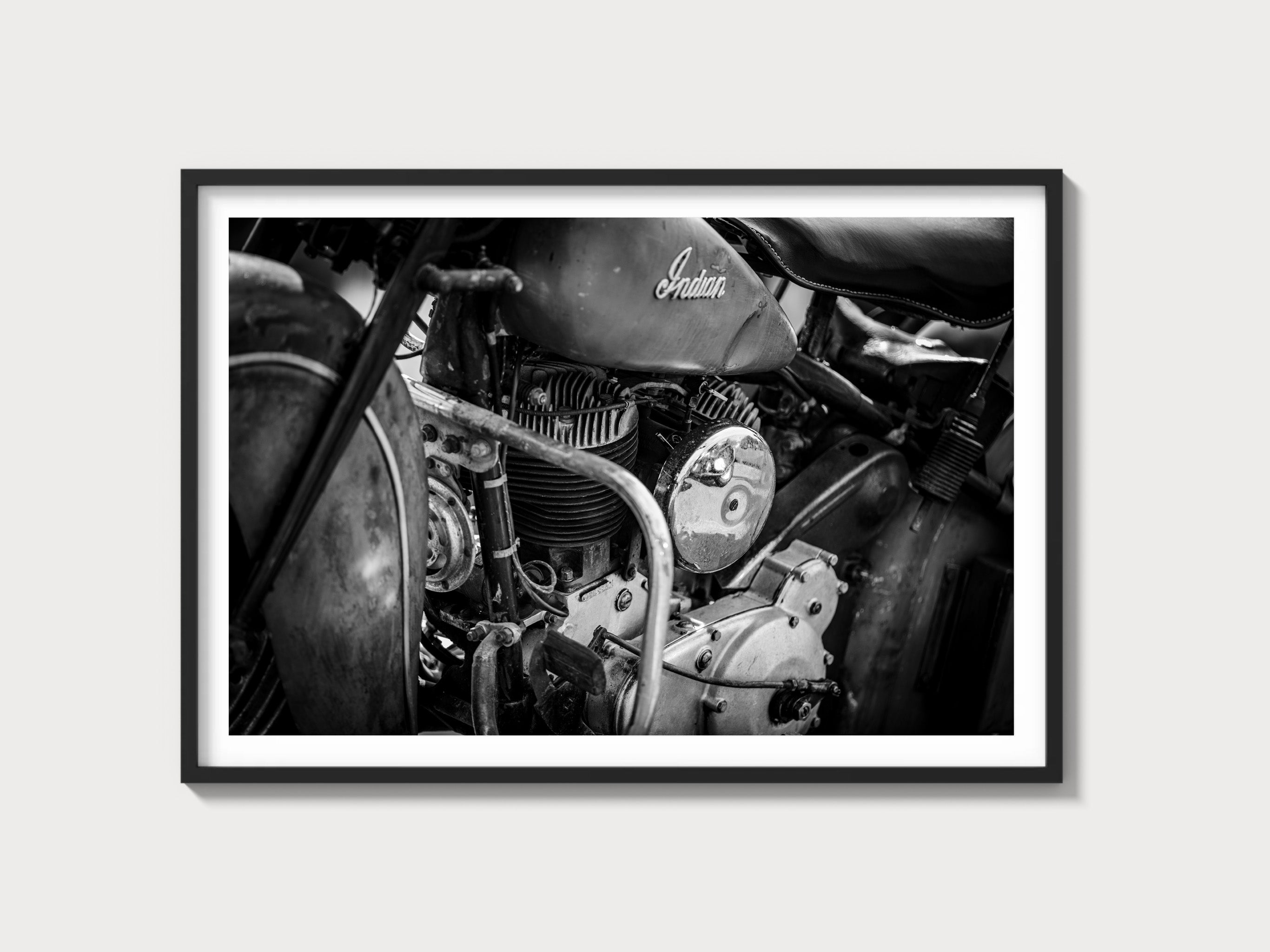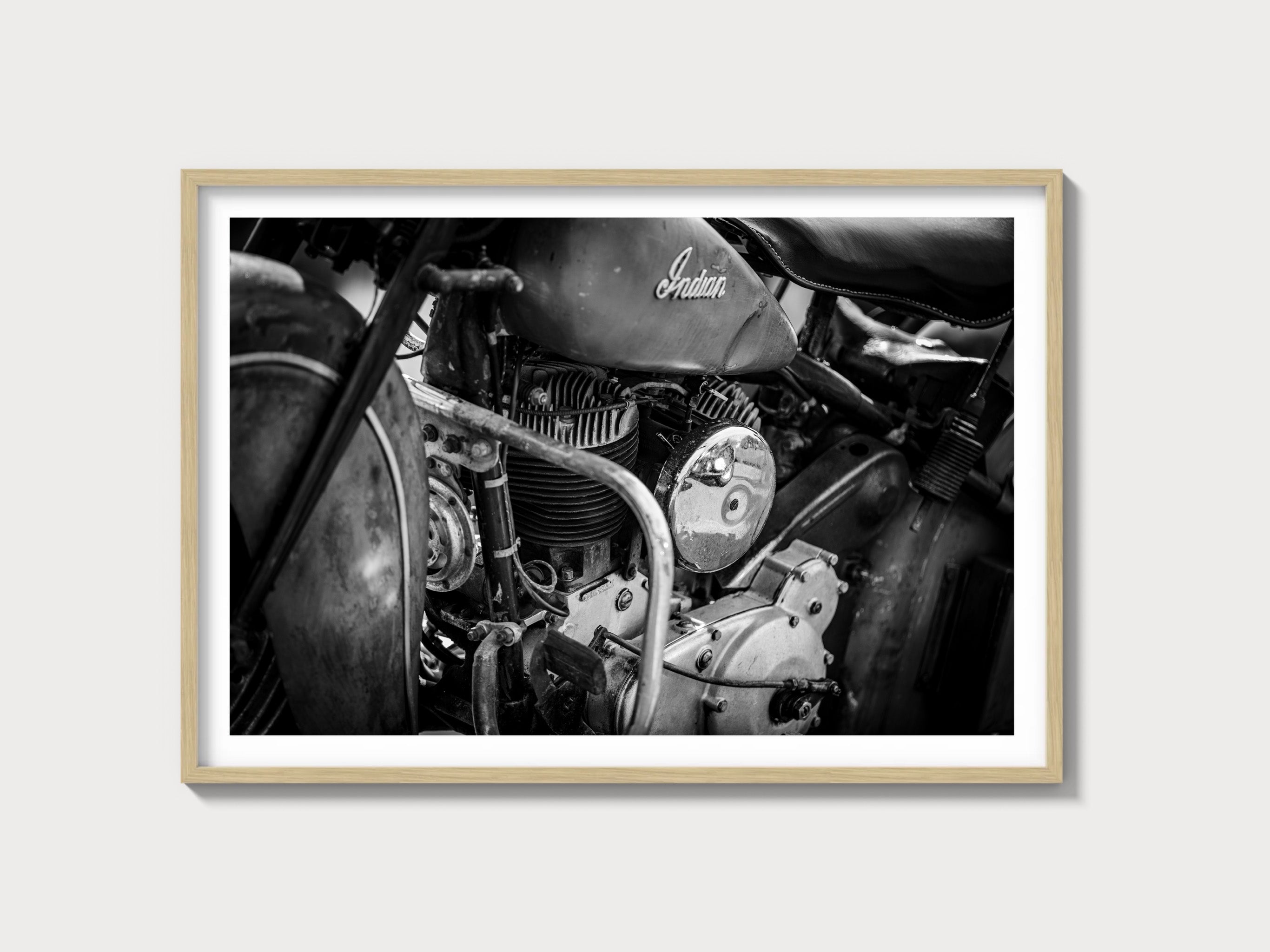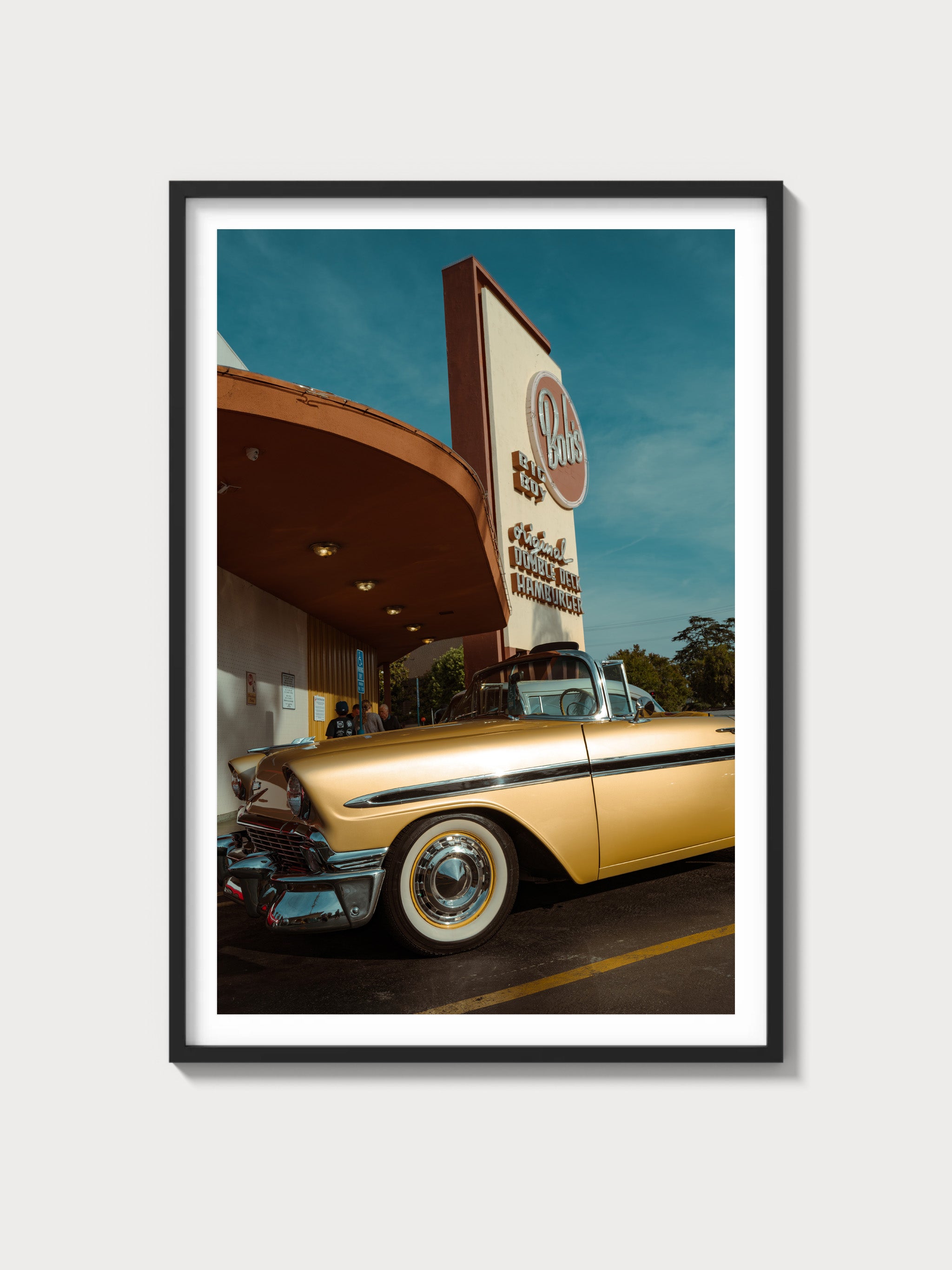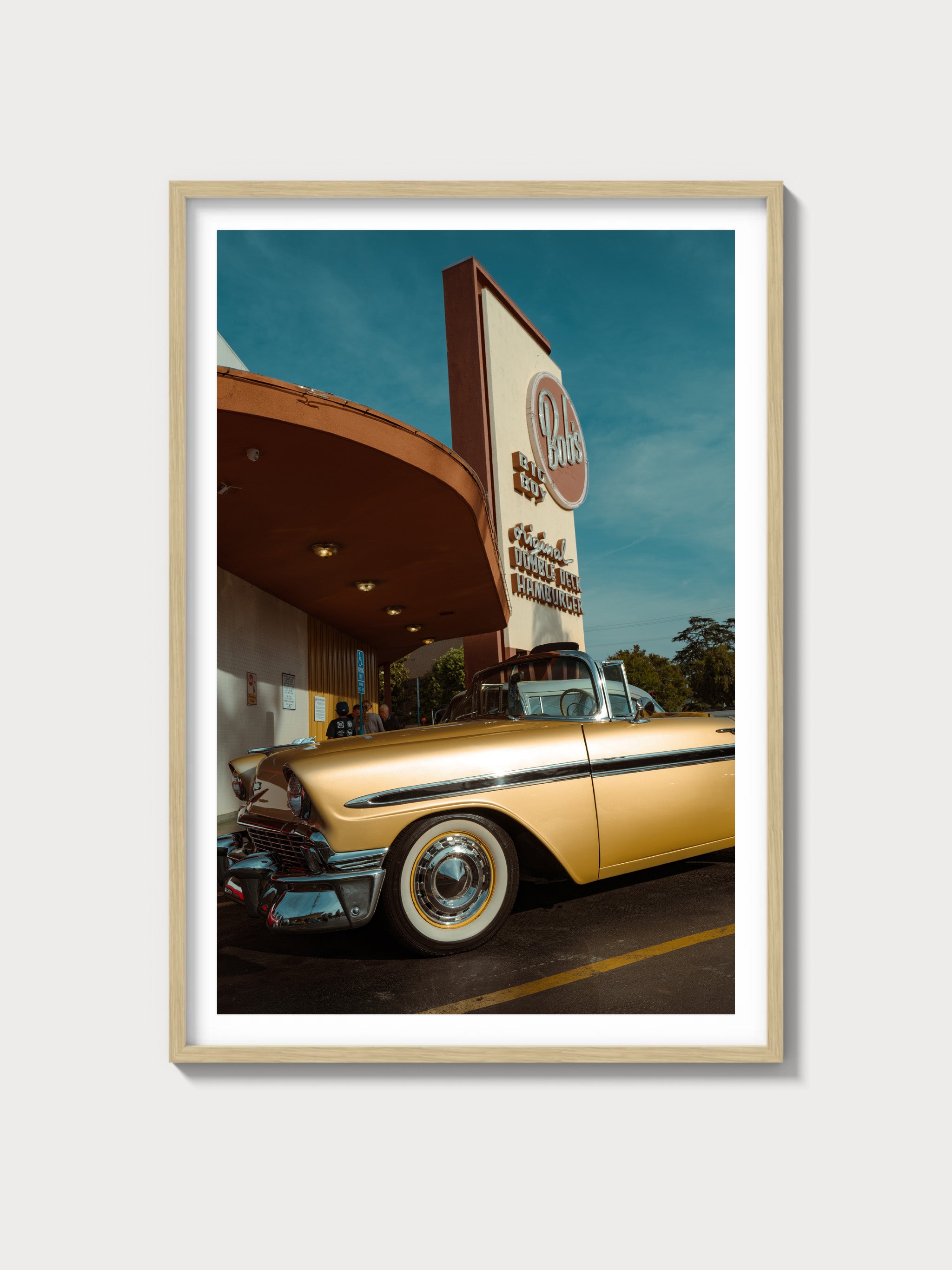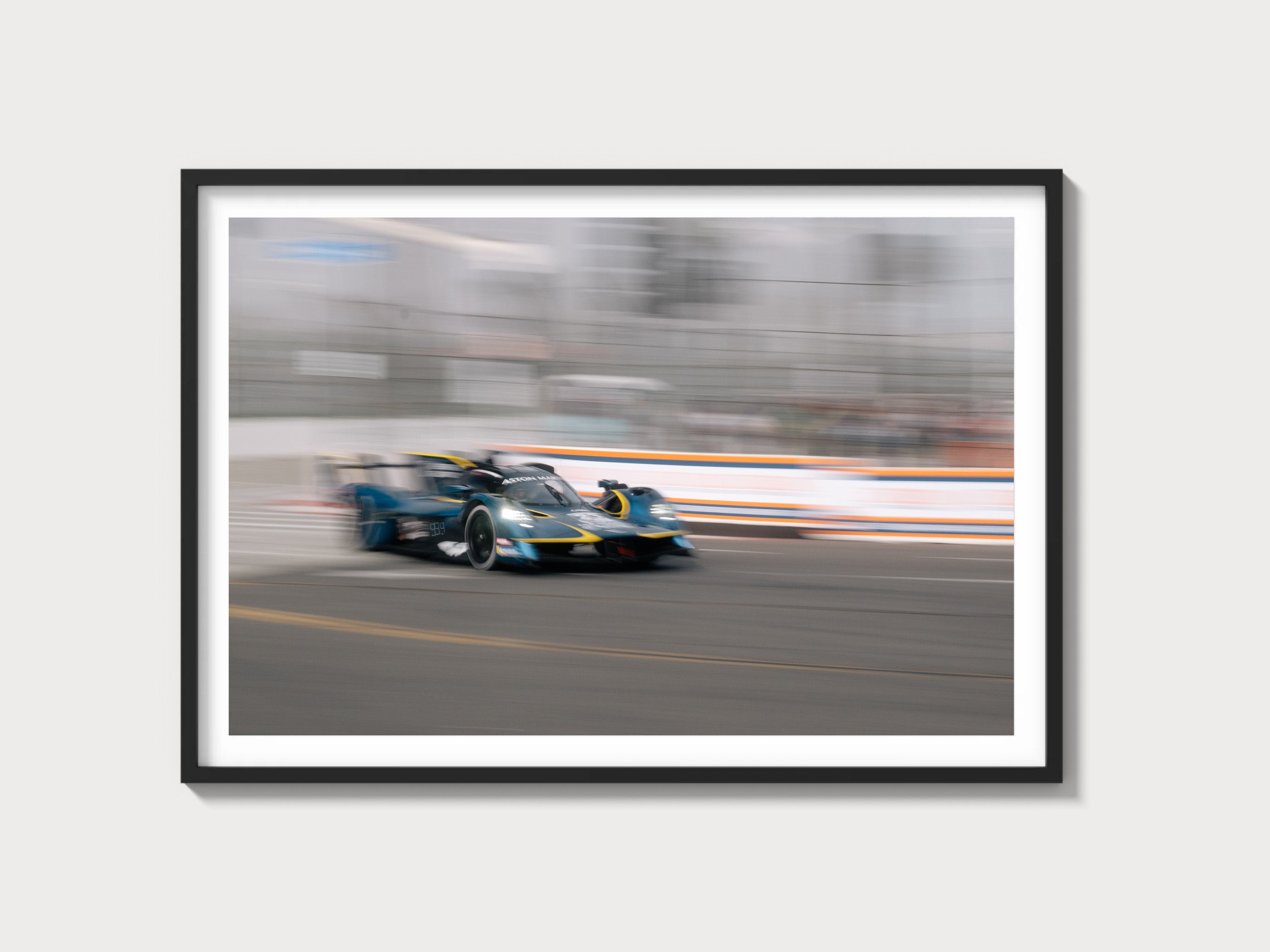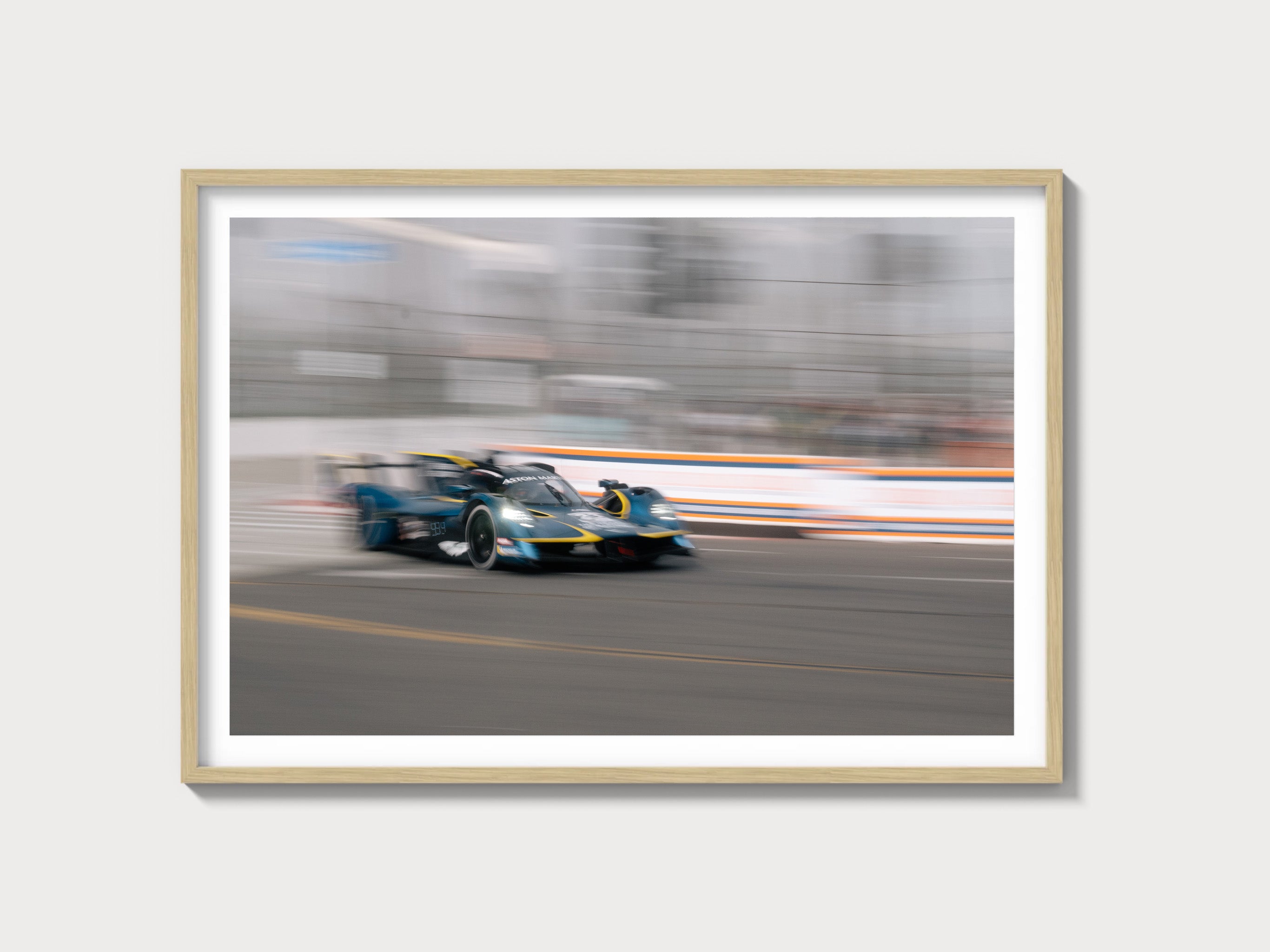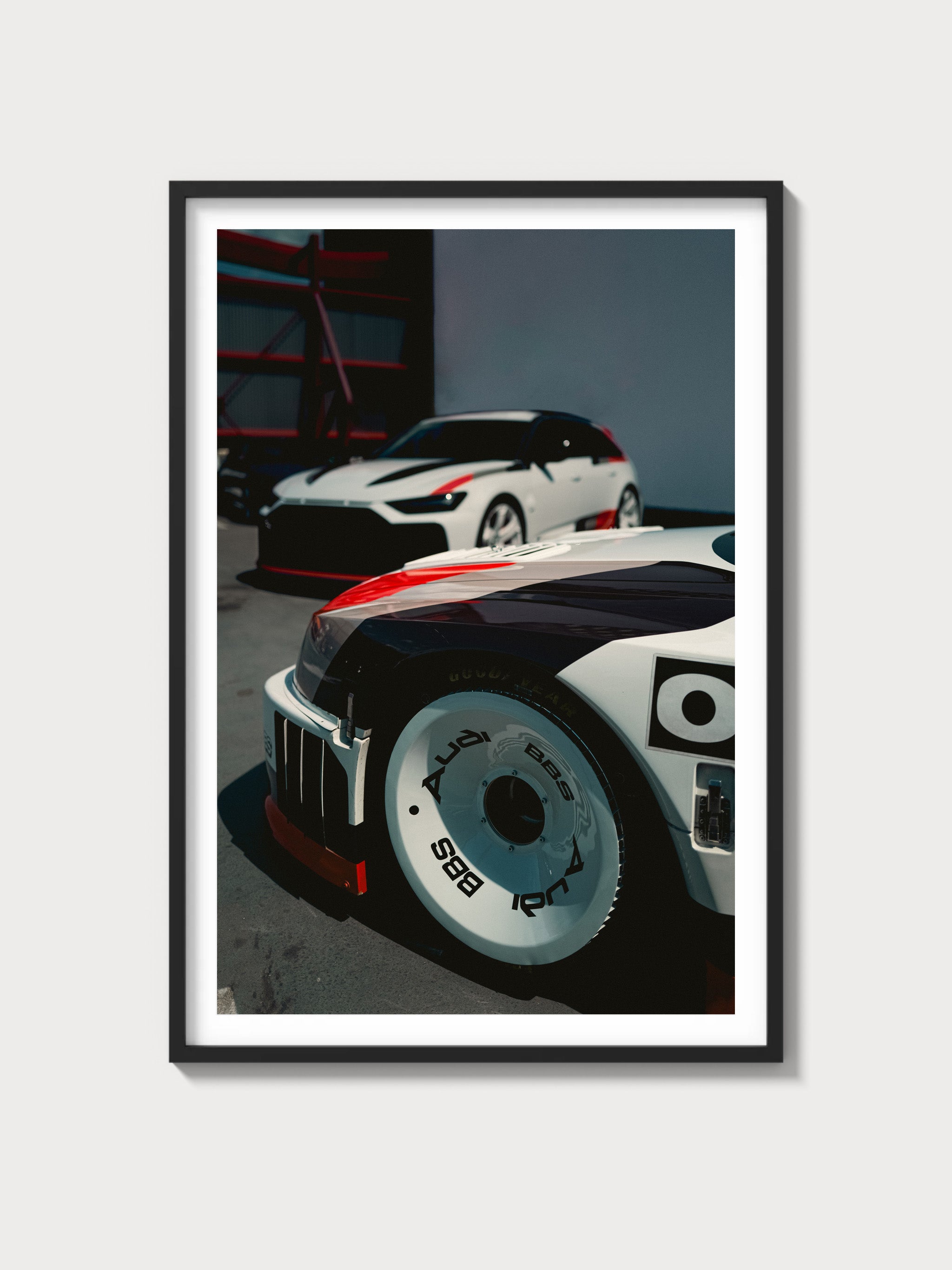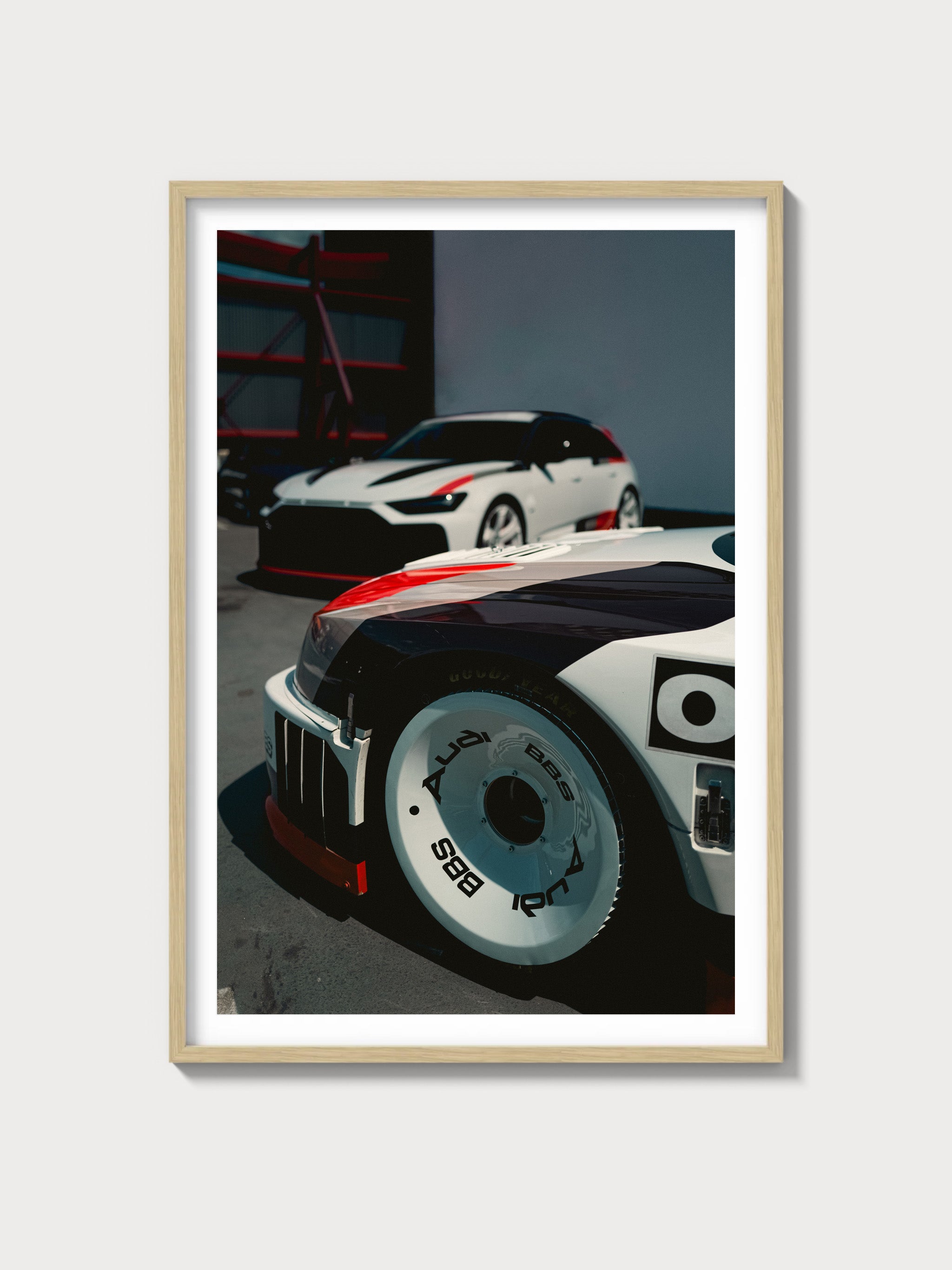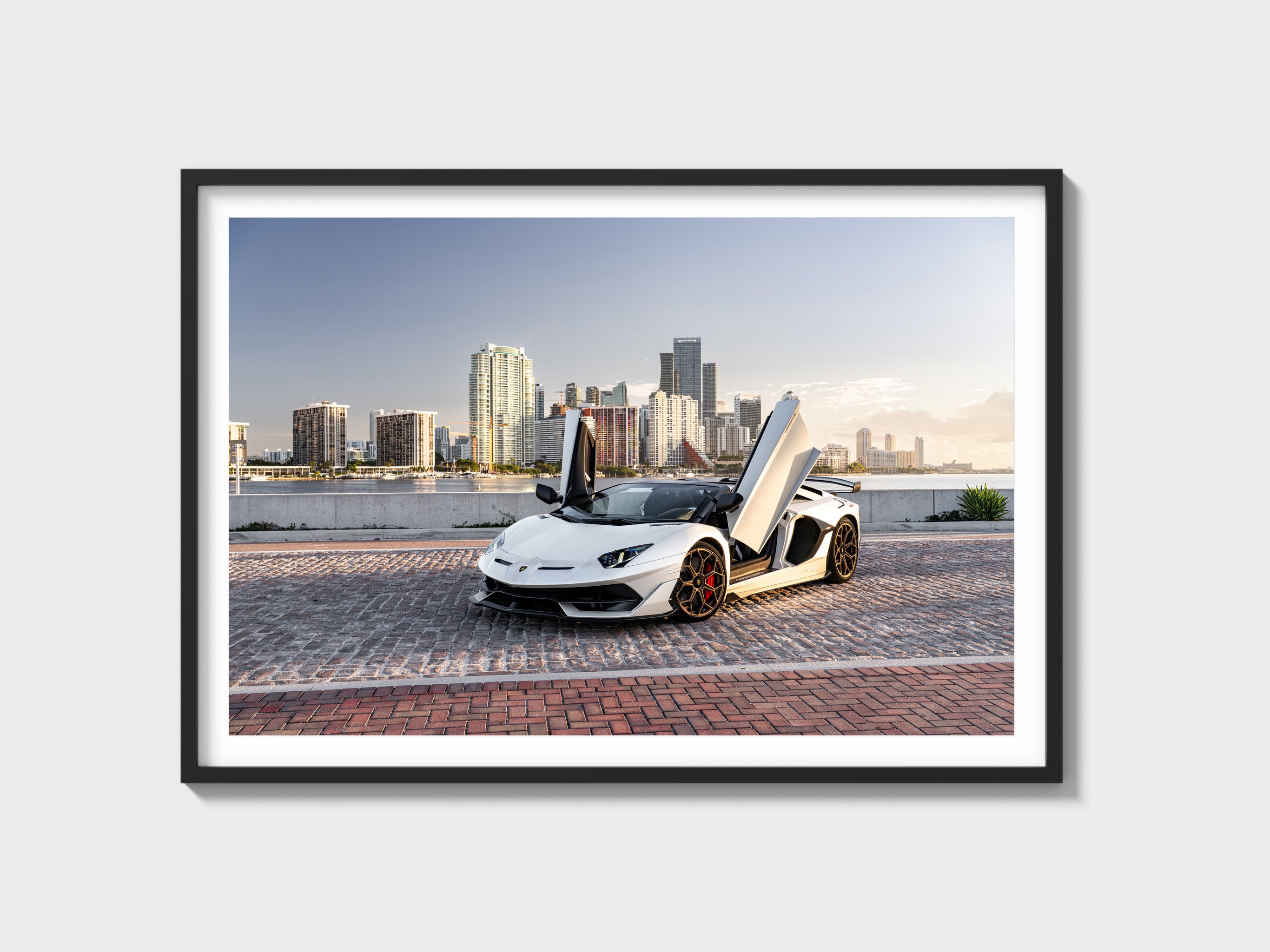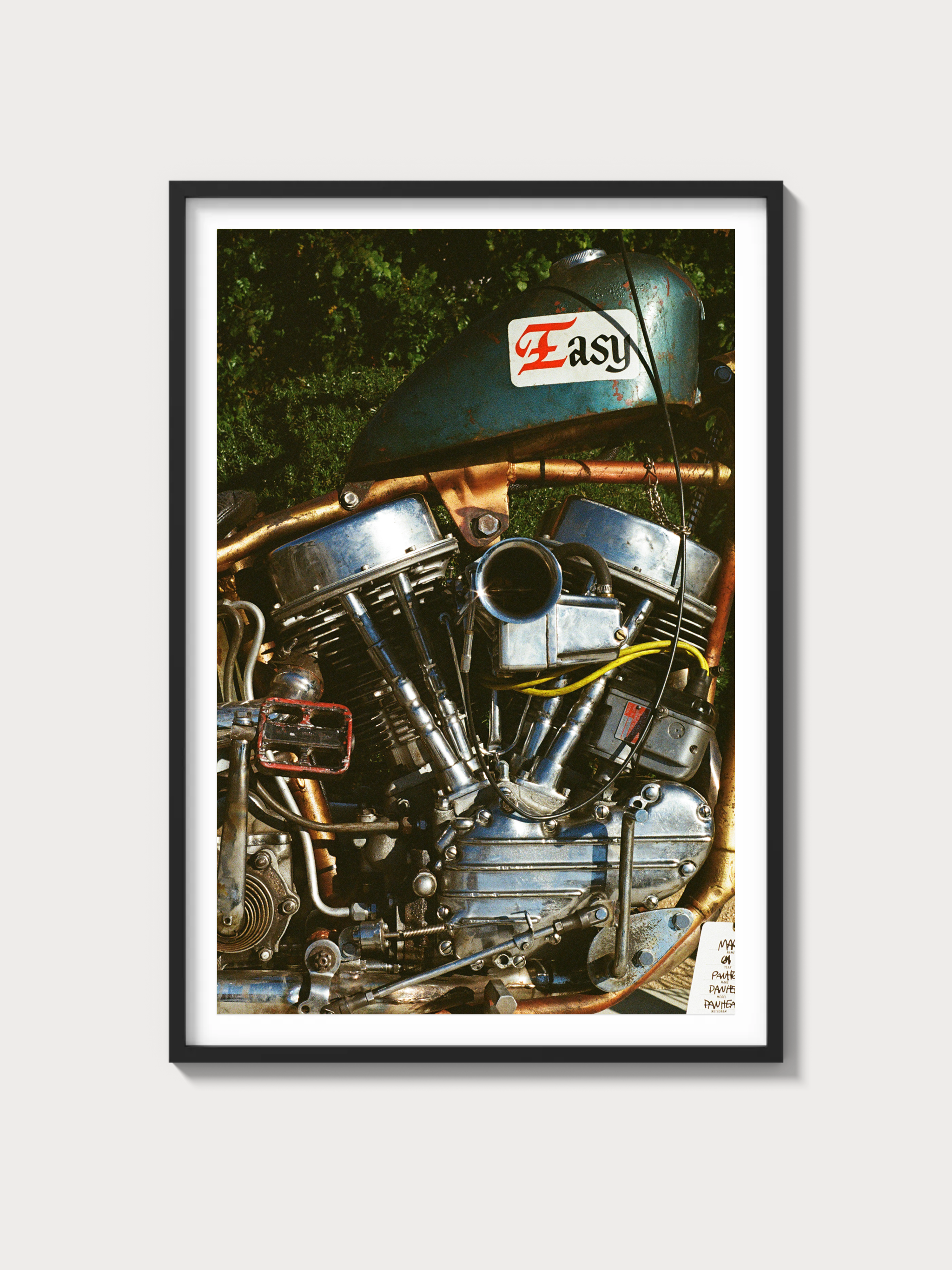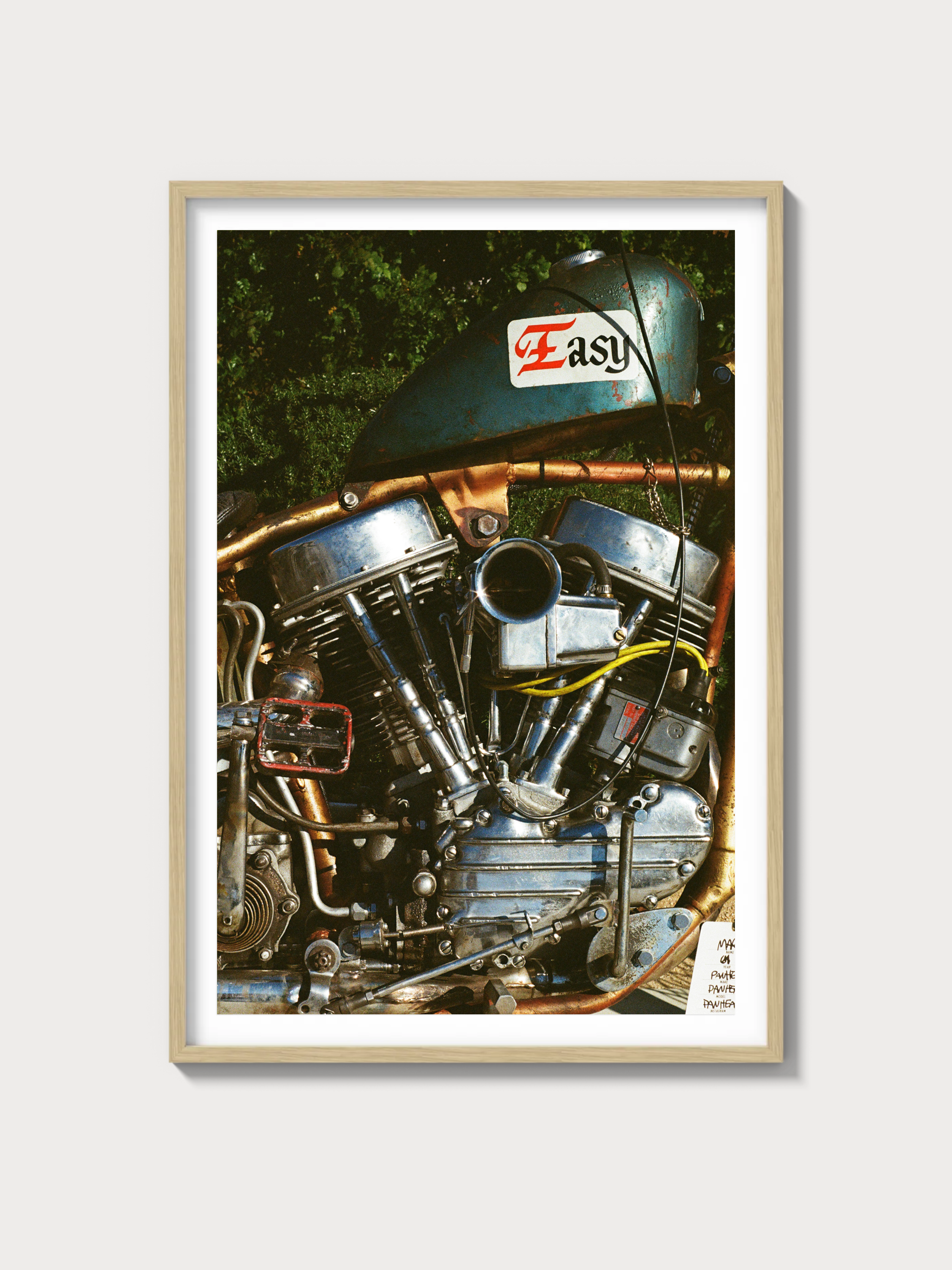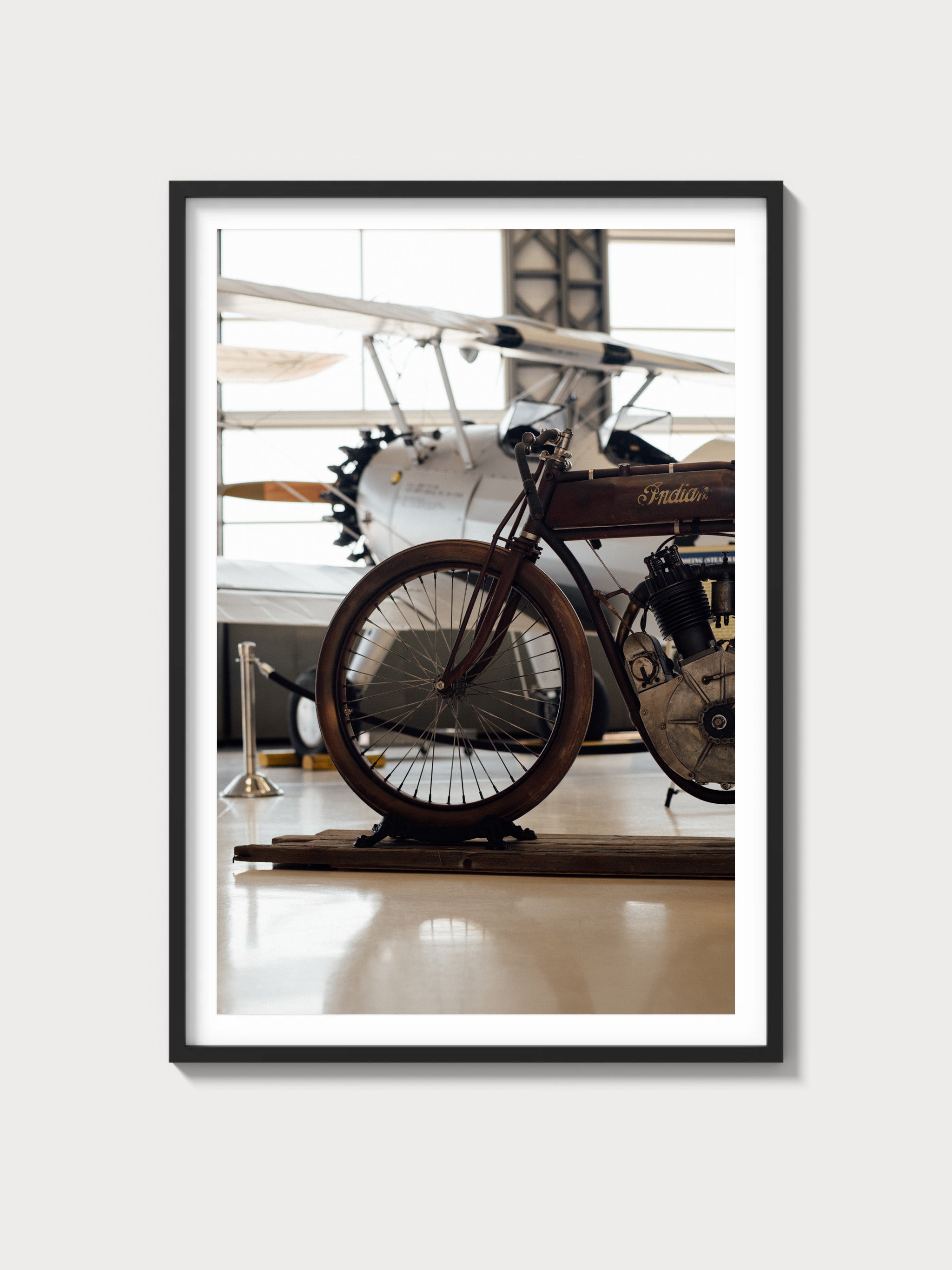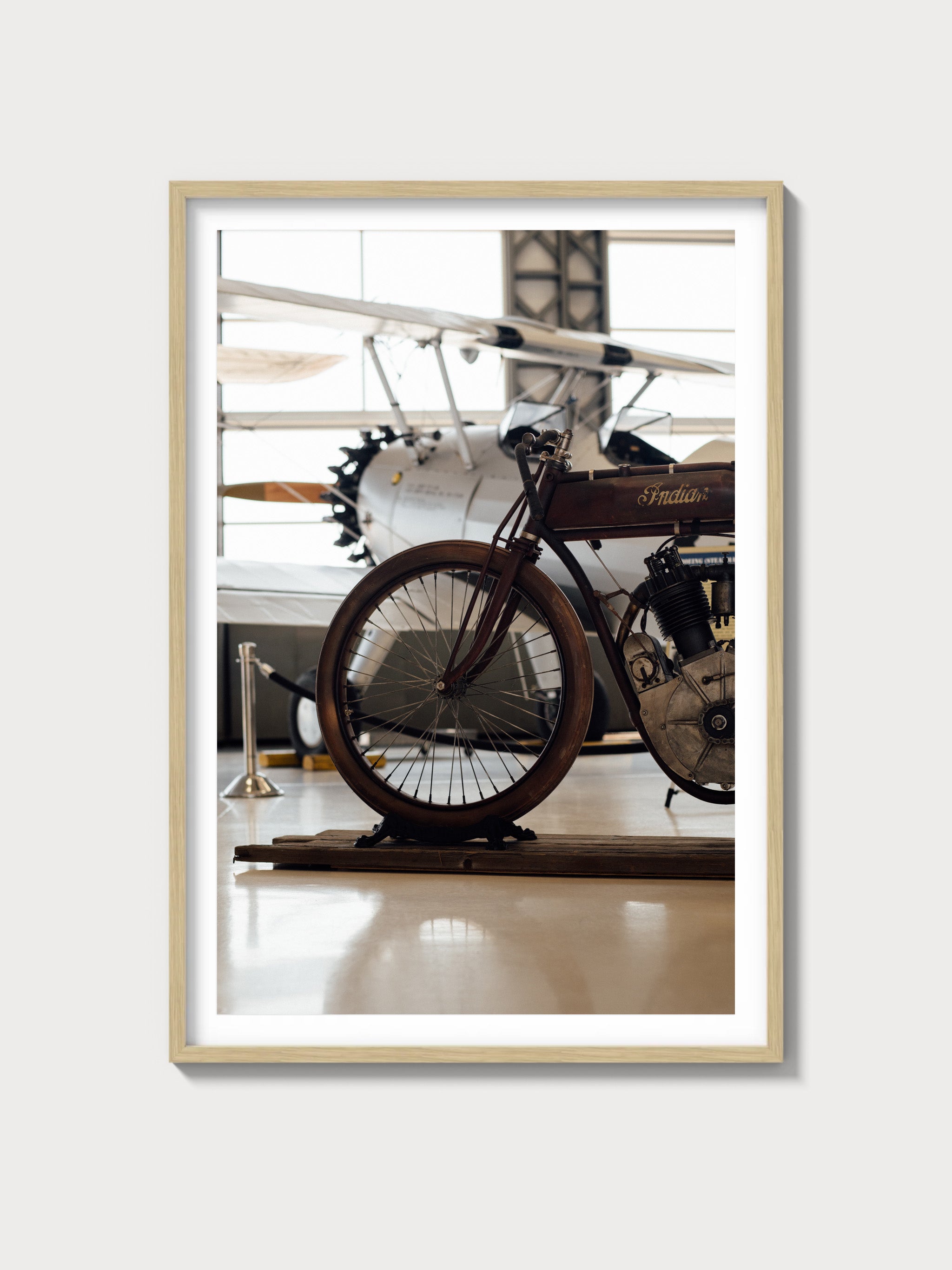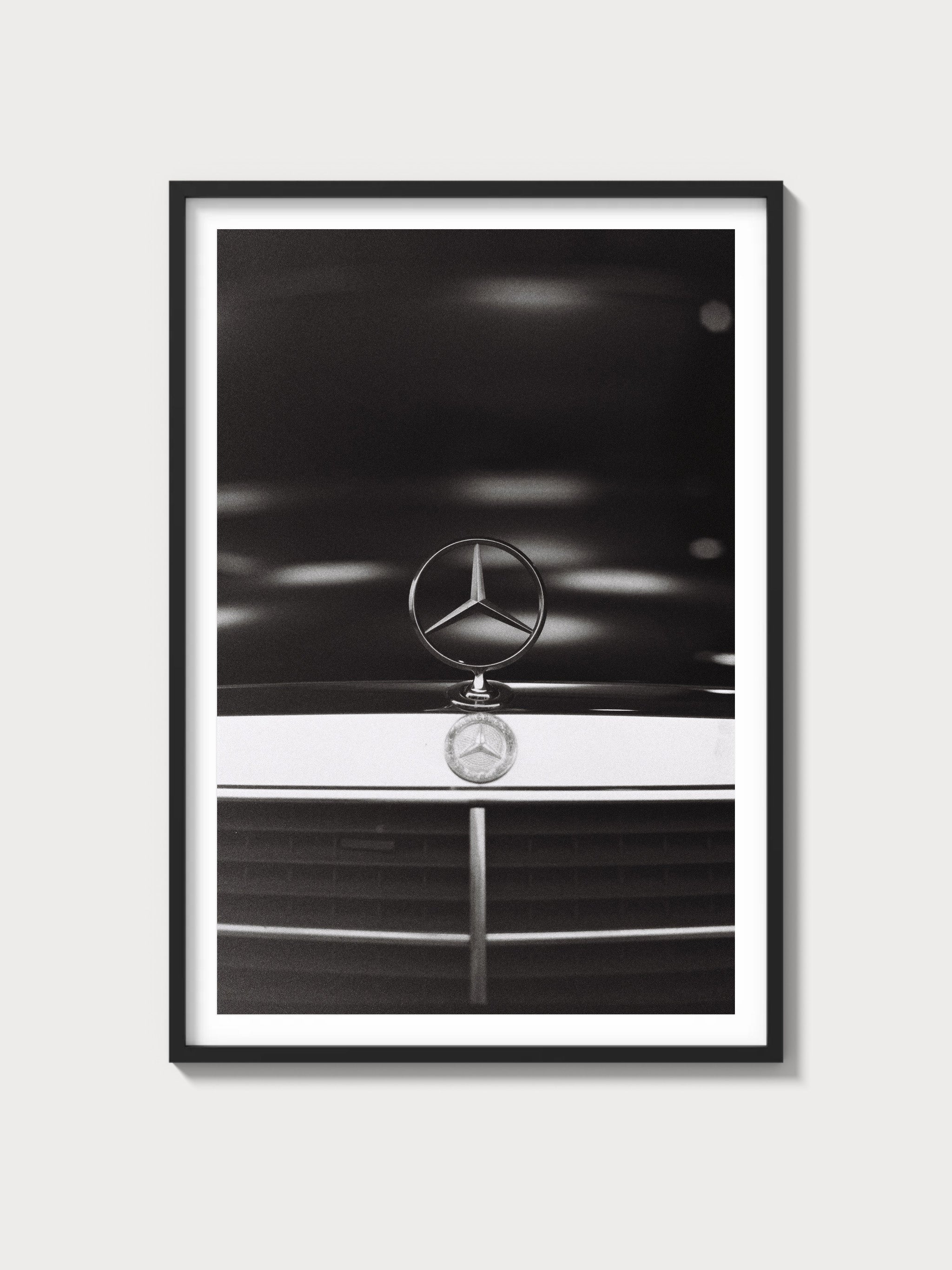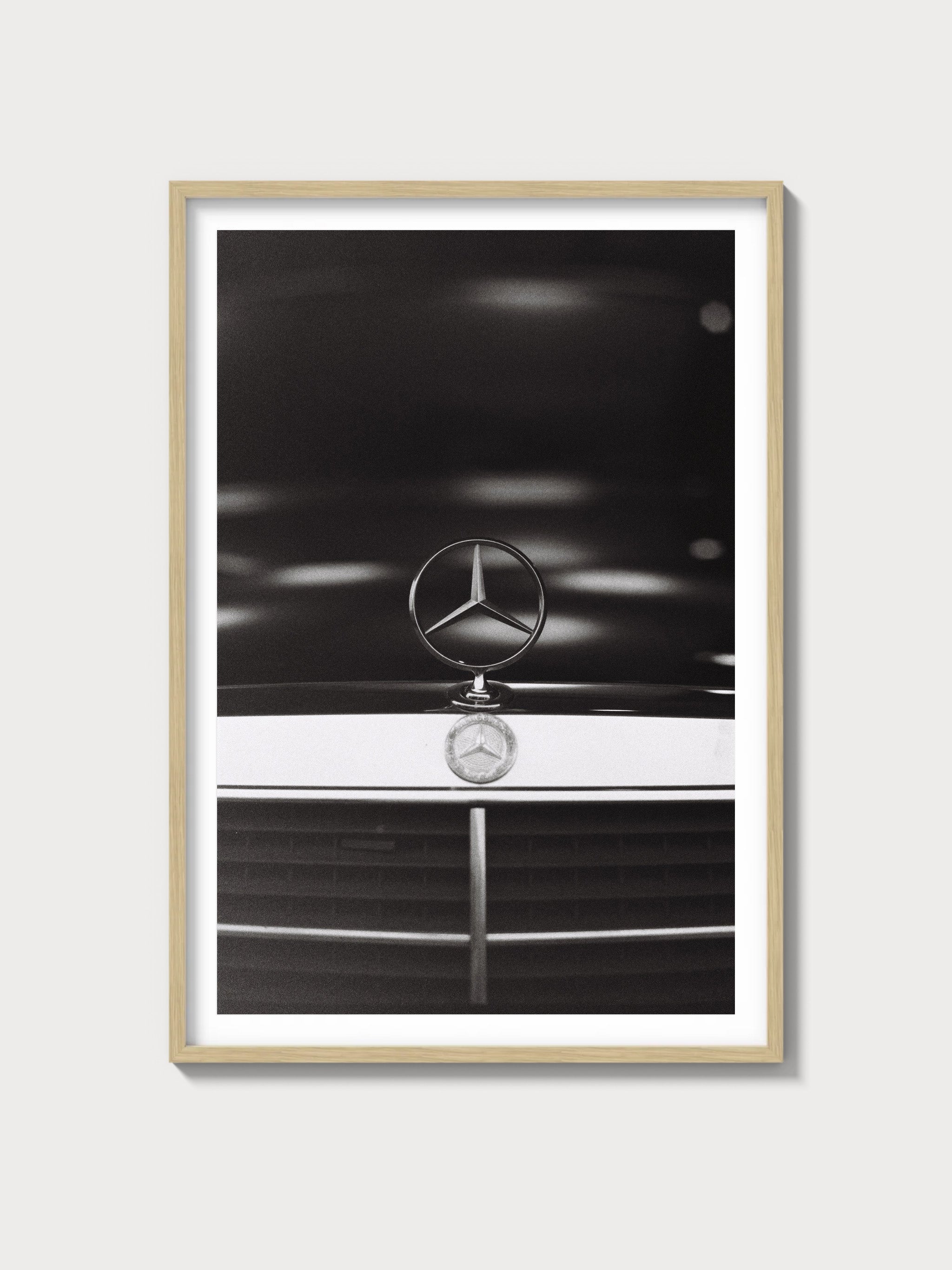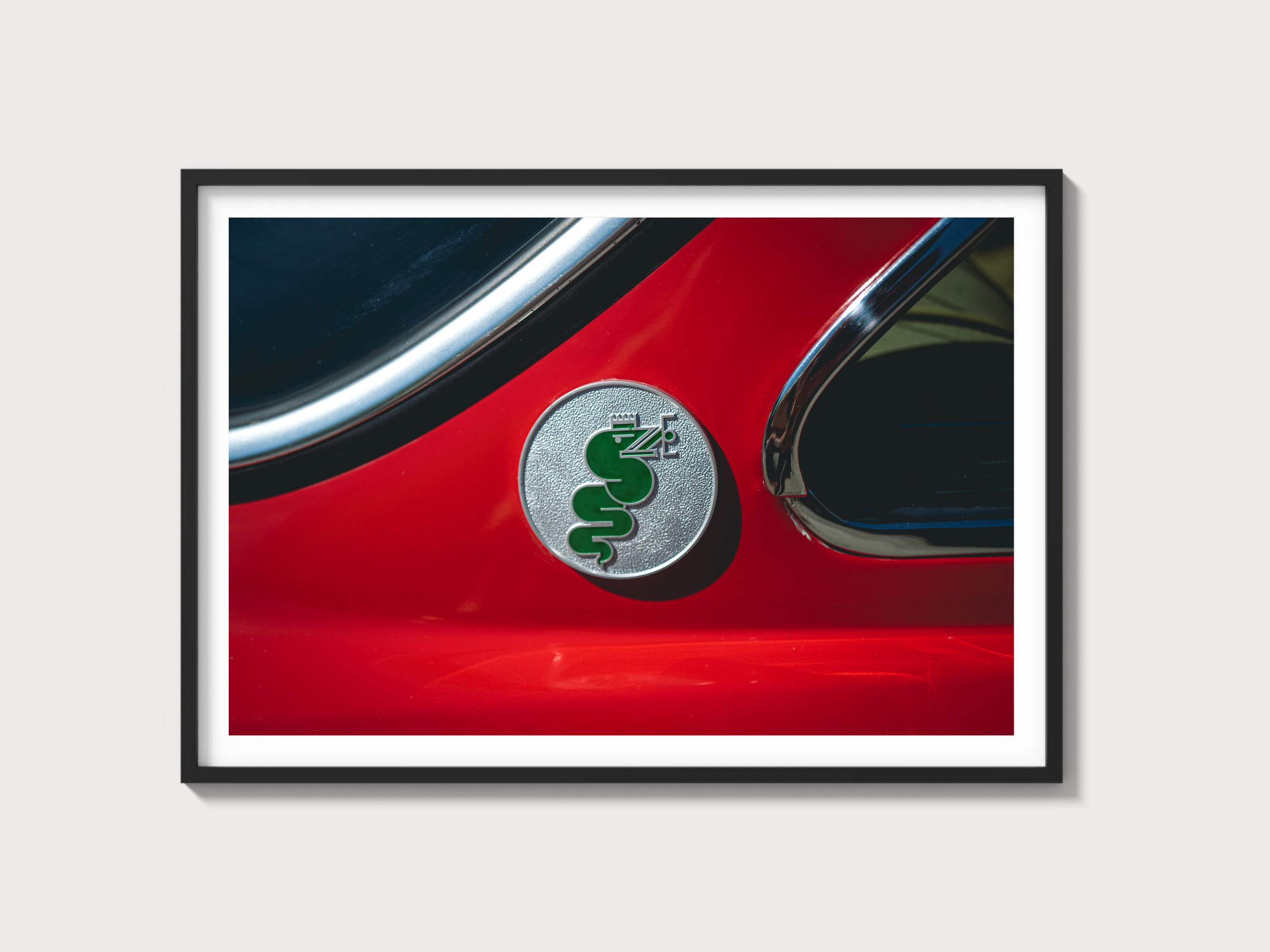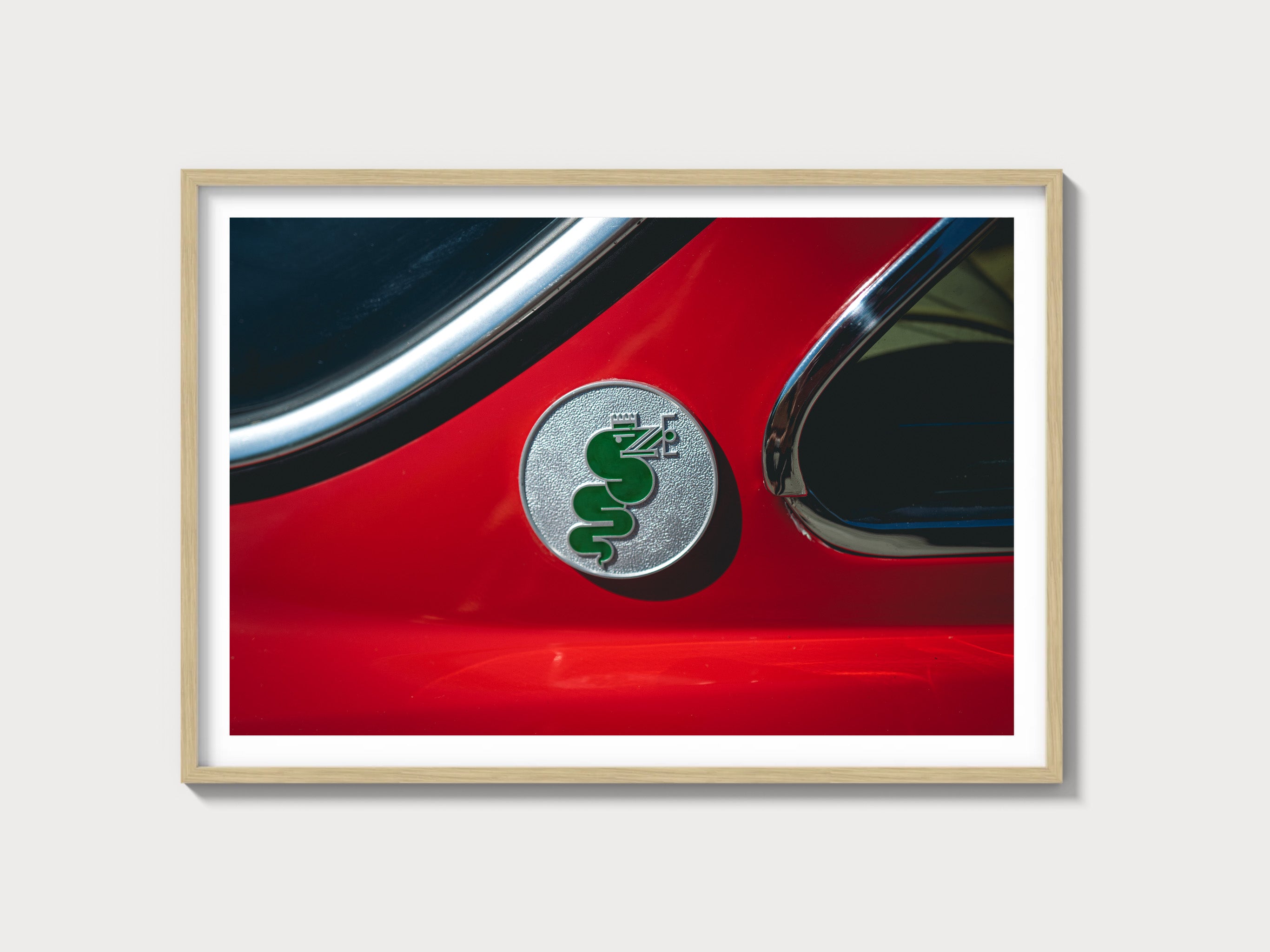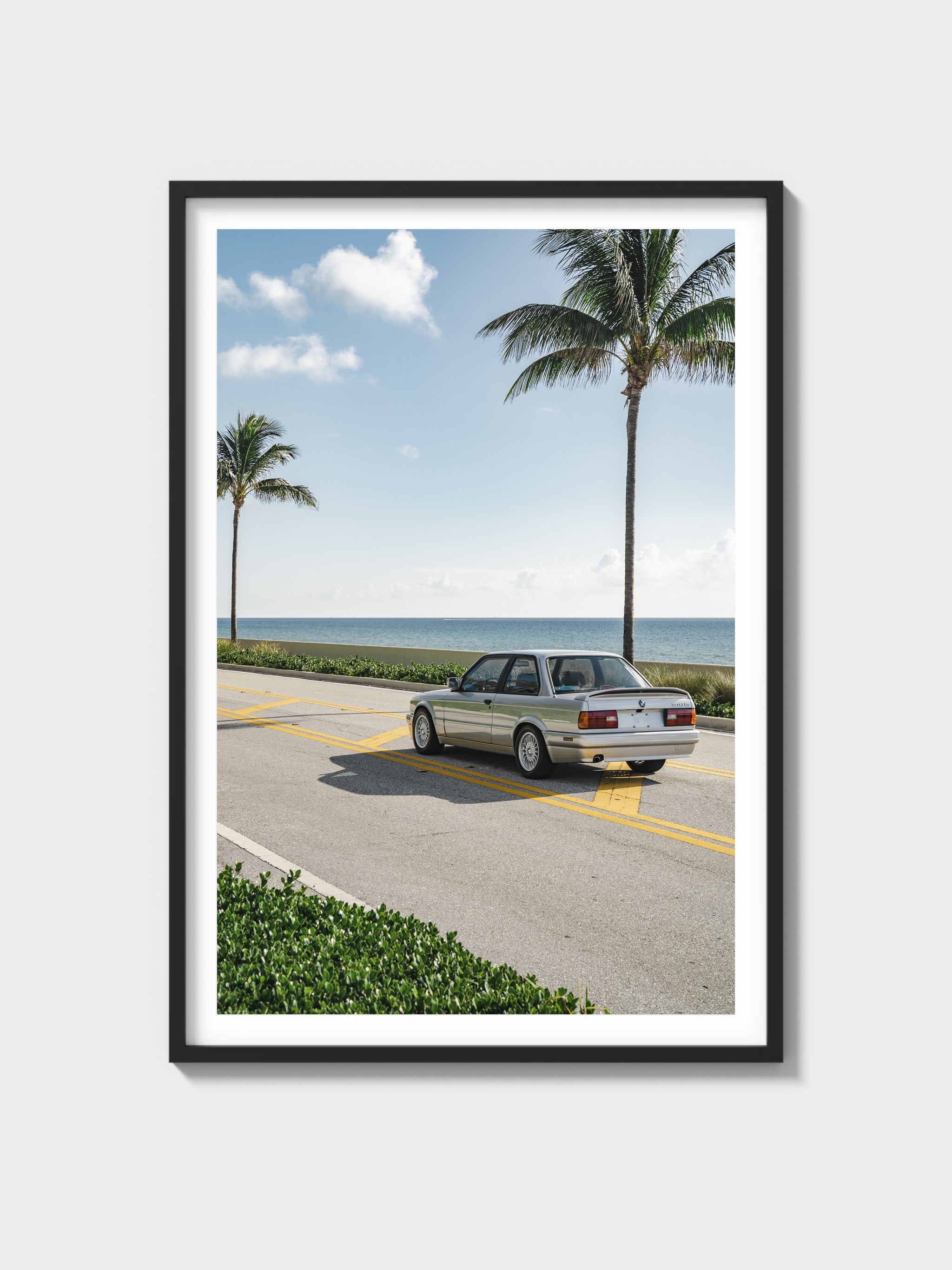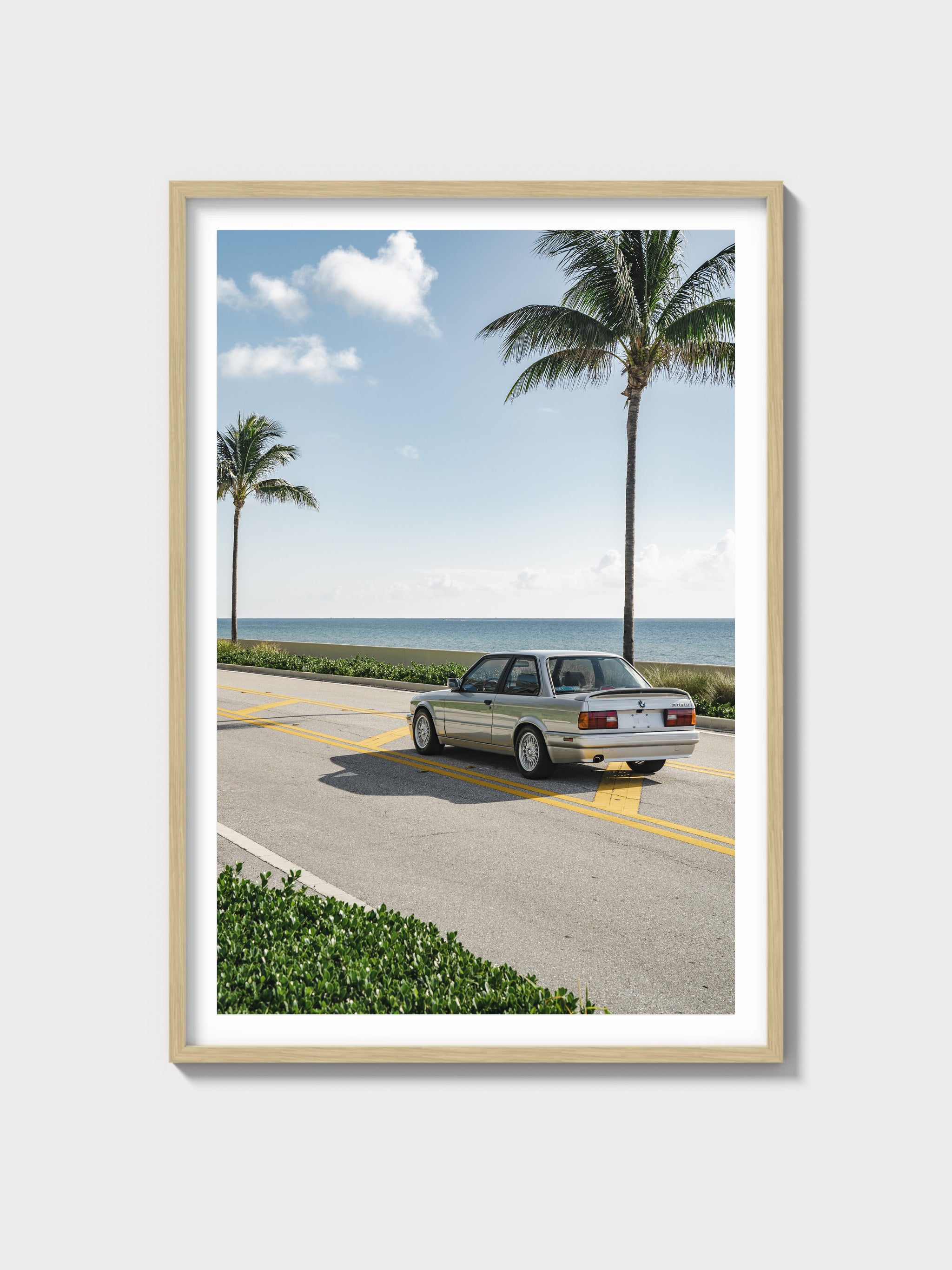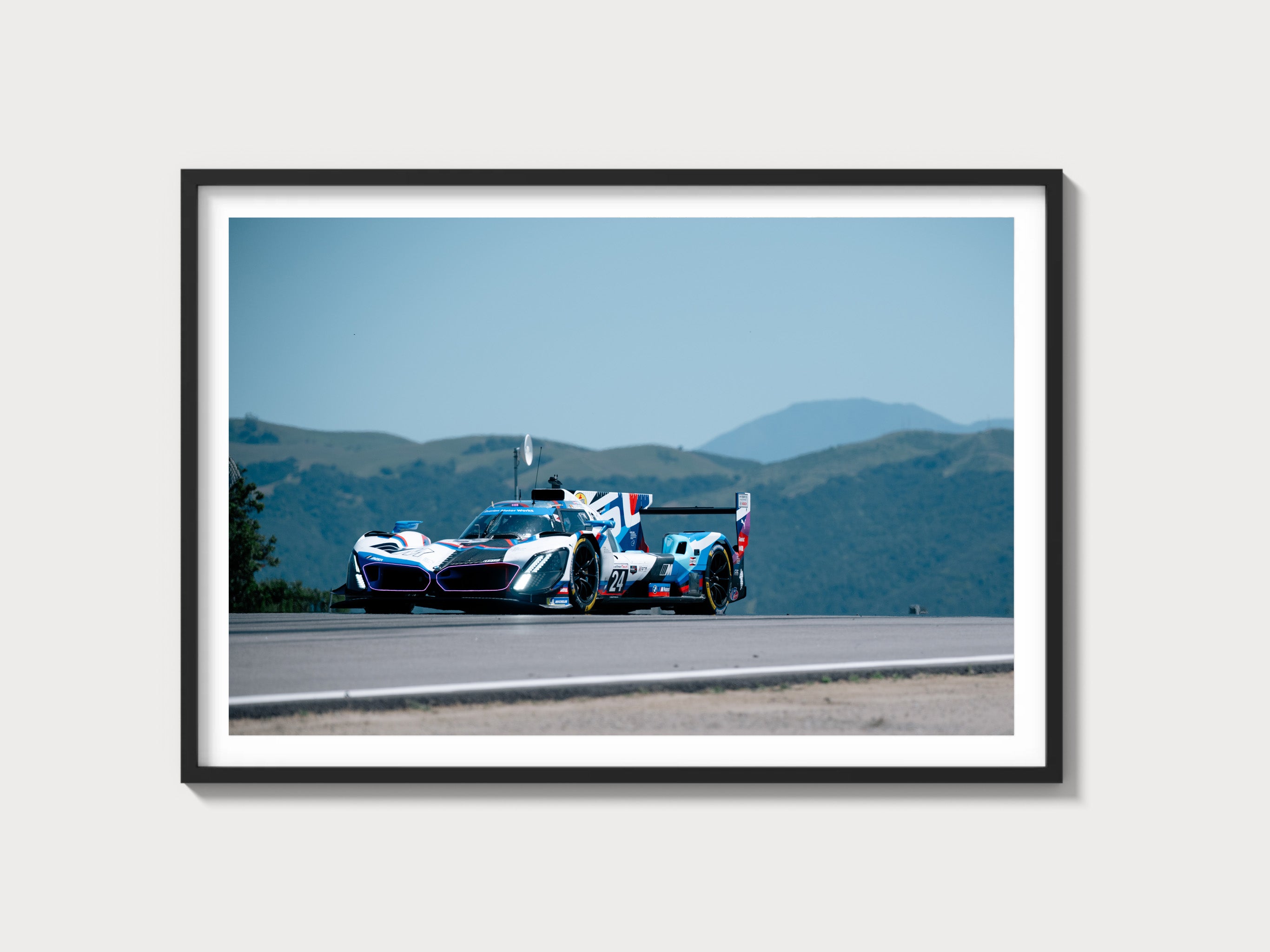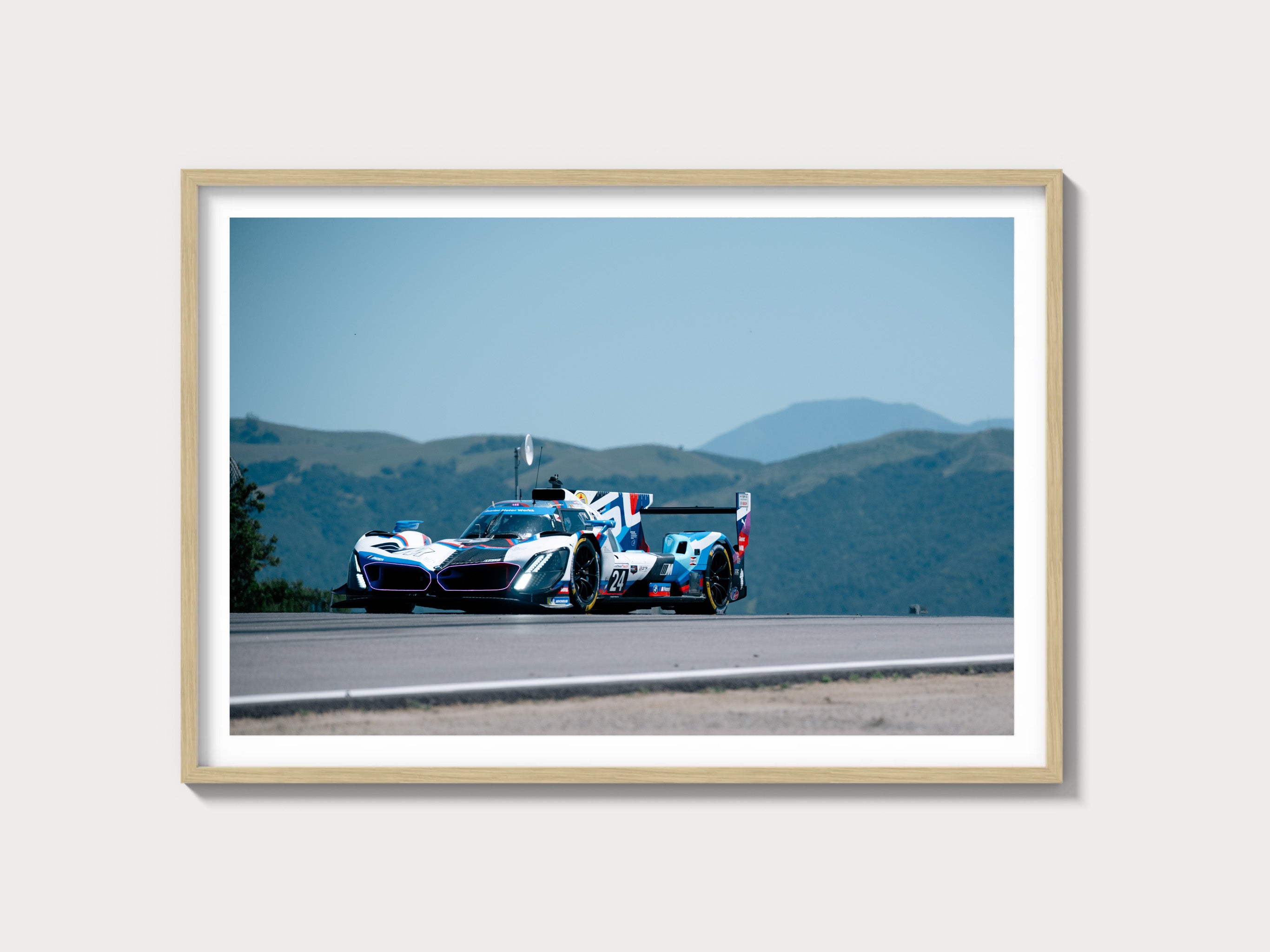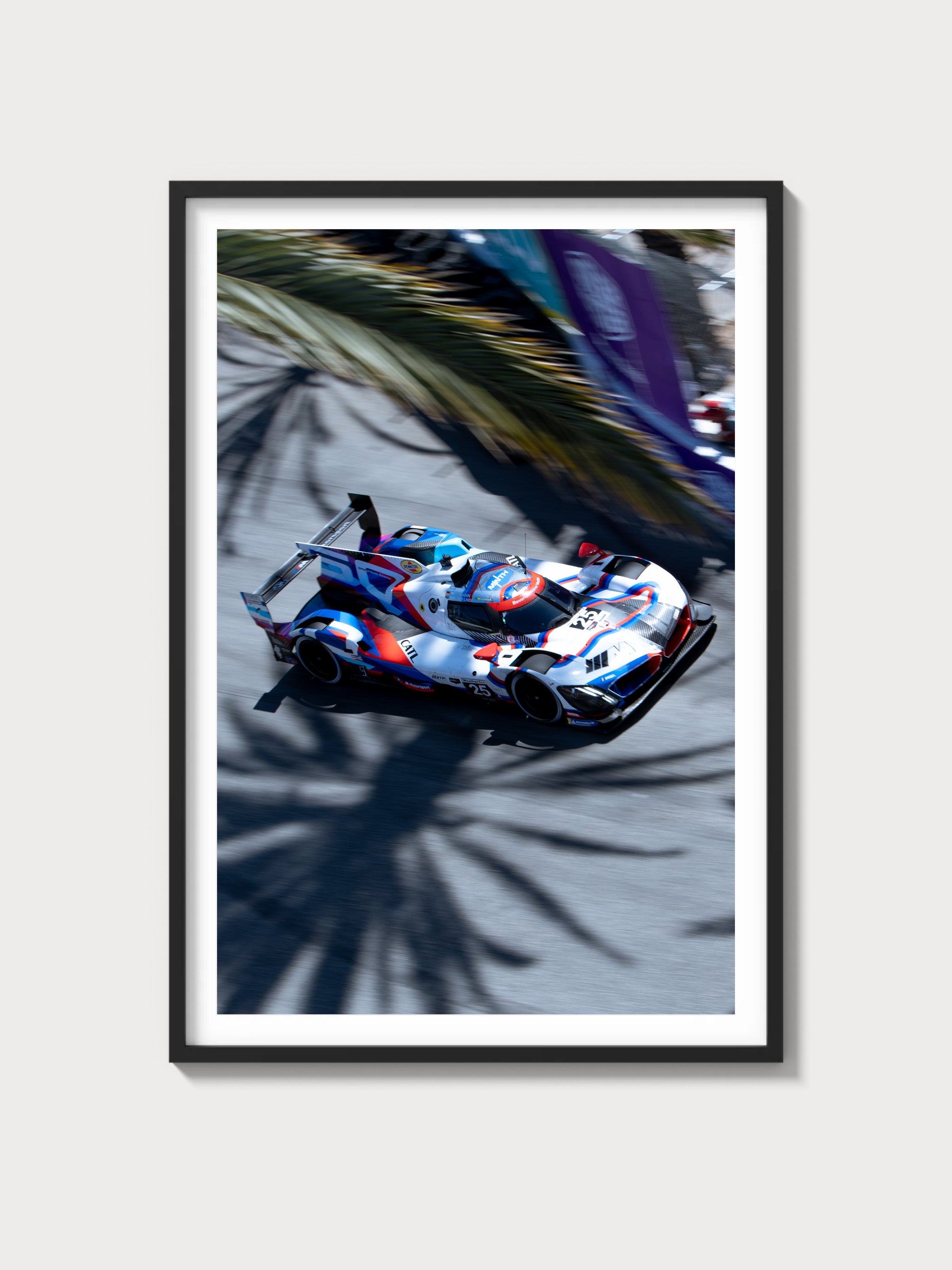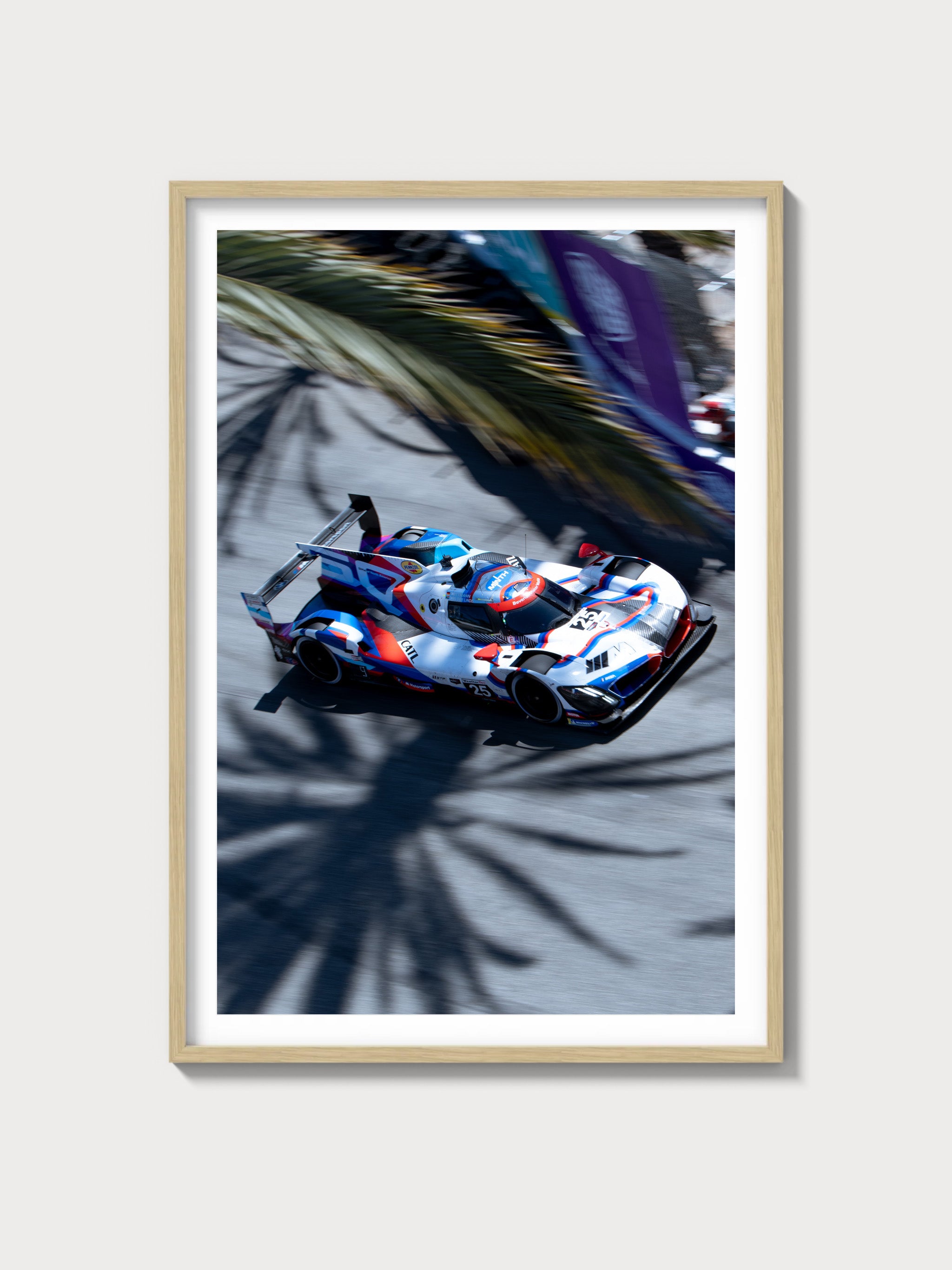The 1955–1956 Ford Fairlane: A Mid-Century Marvel
Historical Context and Development Background
The mid-1950s were a transformative period for Ford Motor Company, marked by a keen desire to capture the burgeoning post-war American market with vehicles that epitomized innovation and style. The Ford Fairlane, introduced in 1955, was named after Henry Ford's estate, Fair Lane, and represented a pivotal advancement in both design and engineering. The Fairlane Base model, part of the first generation, was conceived to offer a balance of elegance and performance, competing directly with the Chevrolet Bel Air and Plymouth Savoy.
Engine and Technical Specifications
| Specification | Detail |
|---|---|
| Engine Configuration | V8 |
| Displacement | 272 cubic inches |
| Horsepower | 162 hp |
| Induction Type | Natural Aspiration |
| Redline | 5,000 rpm |
| Fuel System | Carbureted |
| Compression Ratio | 7.6:1 |
| Bore x Stroke | 3.62 in x 3.30 in |
Driving Experience and Handling Dynamics
The 1955–1956 Fairlane Base offered drivers a commanding yet comfortable road experience. The vehicle's suspension system, utilizing coil springs in the front and leaf springs at the rear, was tuned for a smooth ride, keeping in mind the era's road conditions. The three-speed manual transmission, with an optional Ford-O-Matic automatic, delivered reliable power transfer, while the throttle response was notably linear, providing a satisfying engagement for the period's motoring enthusiasts.
Full Performance Specifications
| Performance Metric | Specification |
|---|---|
| 0-60 mph | 14.0 seconds |
| Top Speed | 100 mph |
| Quarter-Mile | 19.0 seconds |
| Weight | 3,400 lbs |
| Layout | FR (Front-engine, Rear-wheel-drive) |
| Brakes | Drum (Front and Rear) |
| Suspension | Front: Coil springs, Rear: Leaf springs |
| Gearbox Type | 3-speed manual / Ford-O-Matic |
Variant Breakdown
- Fairlane Base: Standard trim with basic features, catering to the average consumer.
- Fairlane Crown Victoria: Featured a distinctive chrome "basket handle" across the roofline, more luxurious interior options.
- Fairlane Sunliner: Convertible variant, sporting a power-operated soft top, appealing to the leisure market.
Ownership Notes
Owning a 1955–1956 Ford Fairlane today requires an appreciation for vintage engineering and a readiness to embrace its maintenance needs. Parts are generally available through specialized vintage suppliers, but certain components may necessitate custom fabrication. Routine maintenance, including regular checks of the drum brakes and carburetor tuning, is crucial for optimal performance.
Cultural Relevance
The Ford Fairlane, with its distinctive mid-century design, has made appearances in various media, underscoring its cultural impact. Its desirability among collectors remains robust, with well-preserved models fetching significant sums at auctions. The Fairlane's legacy is cemented by its participation in the nascent stock car racing scene, where it demonstrated Ford's engineering prowess.
Frequently Asked Questions
Q: How reliable is the 1955–1956 Ford Fairlane? A: With proper maintenance, these vehicles can be quite dependable, though owners should be prepared for the quirks of mid-20th-century engineering.
Q: What is the current market value trend for a Fairlane? A: Market values have been appreciating, particularly for well-maintained or restored examples, reflecting their growing collectible status.
Q: Are there any common problems with the Fairlane? A: Potential issues include rust in the chassis and body panels, as well as wear in the suspension components due to age.

